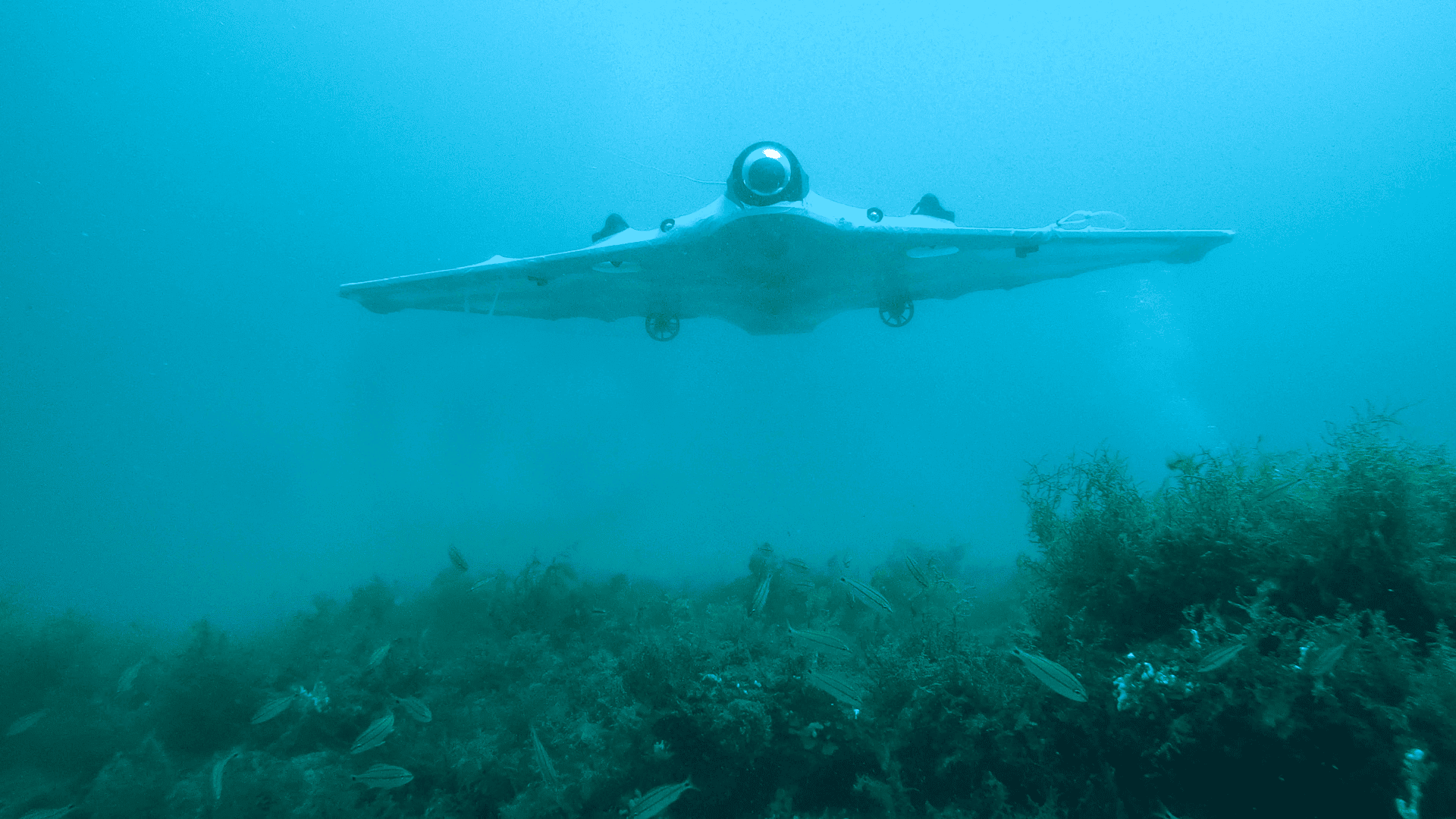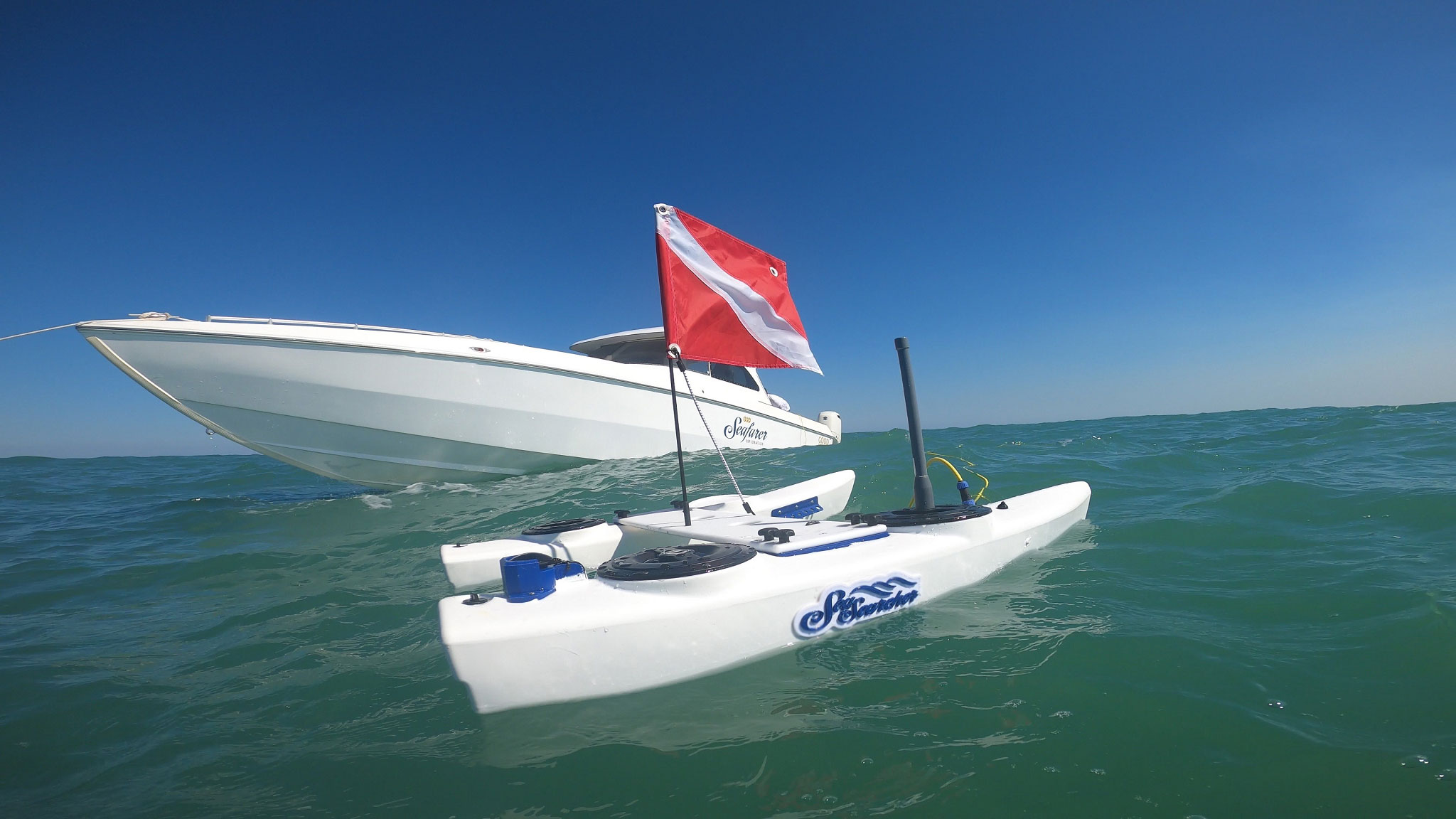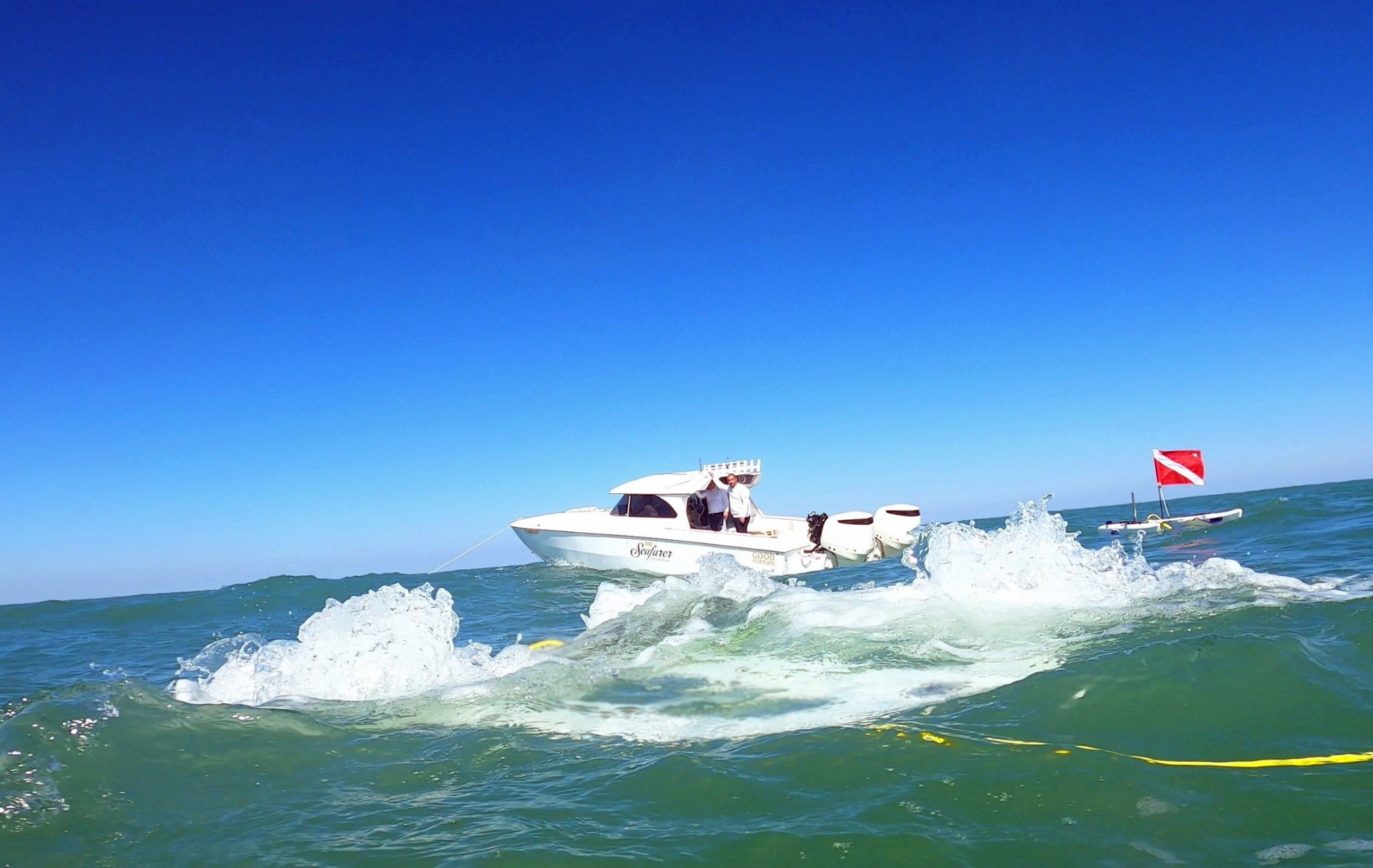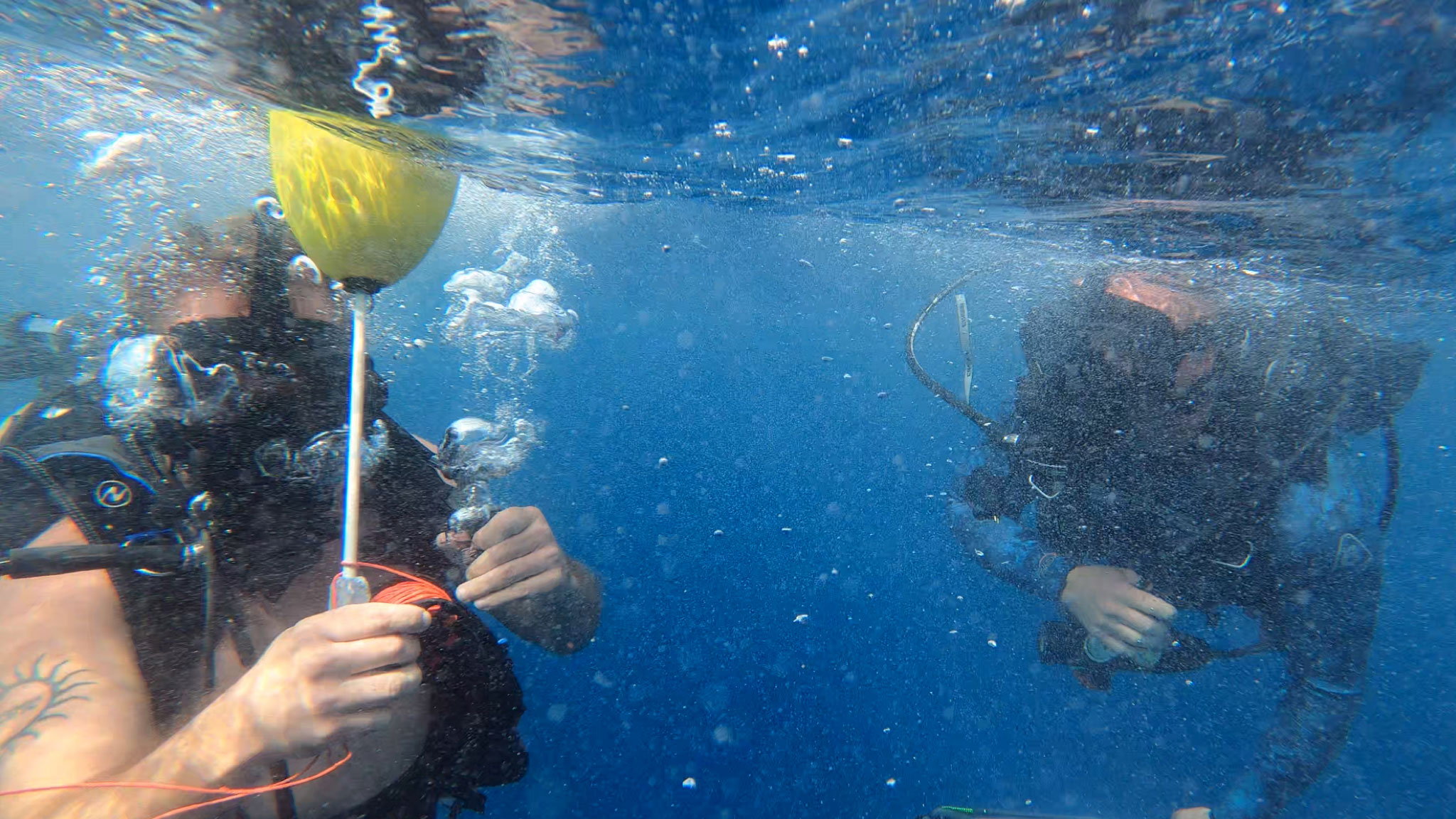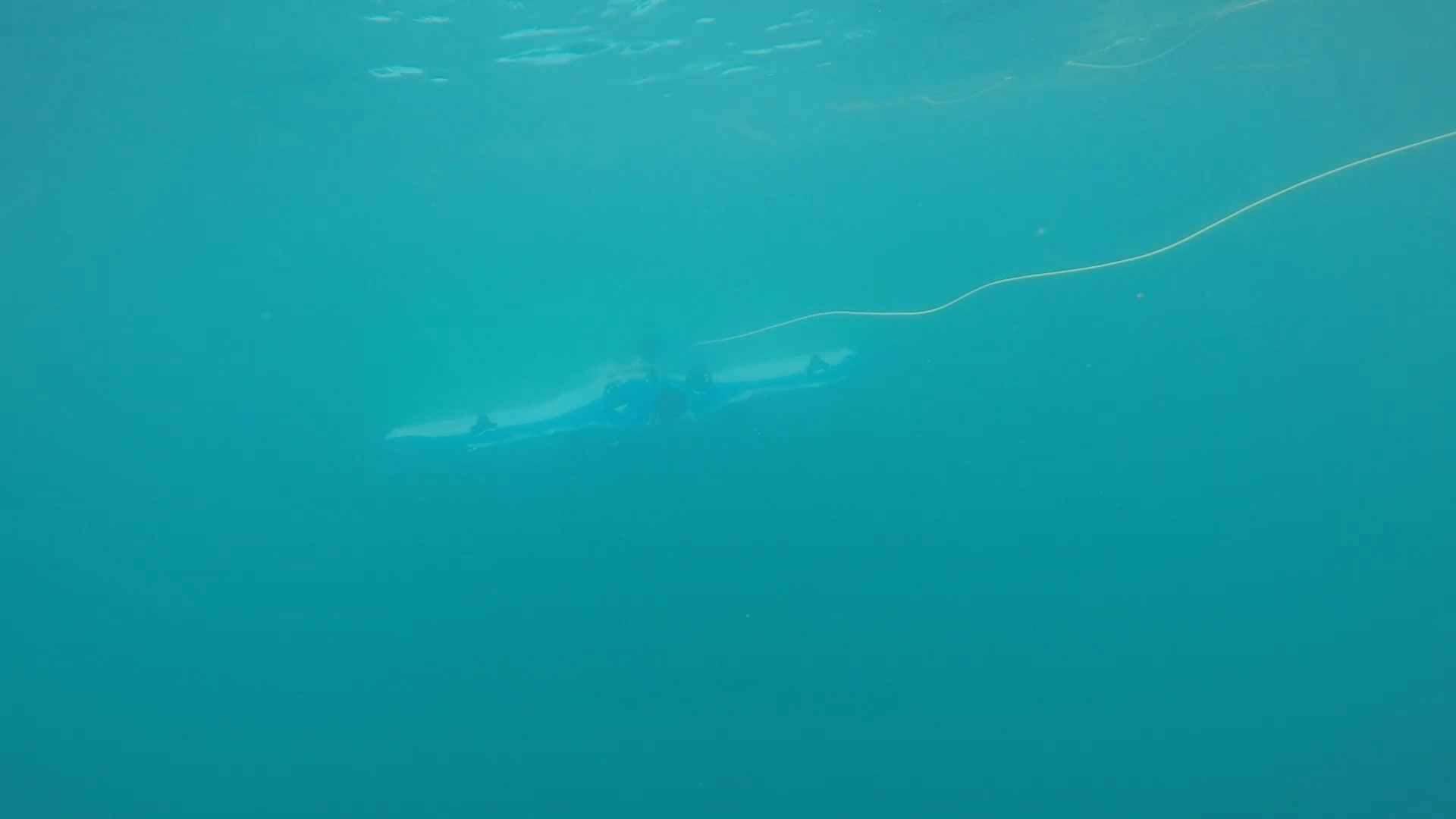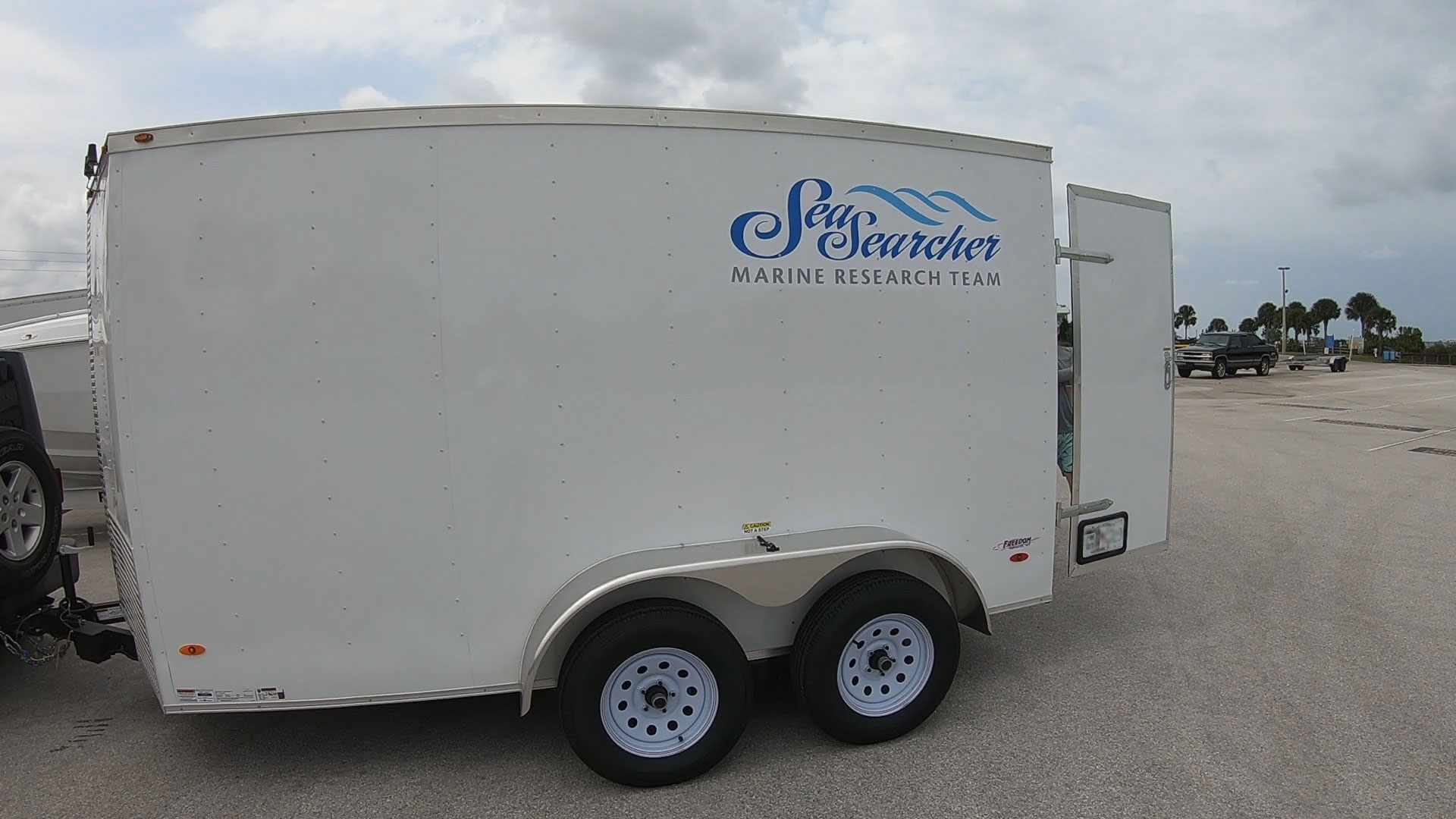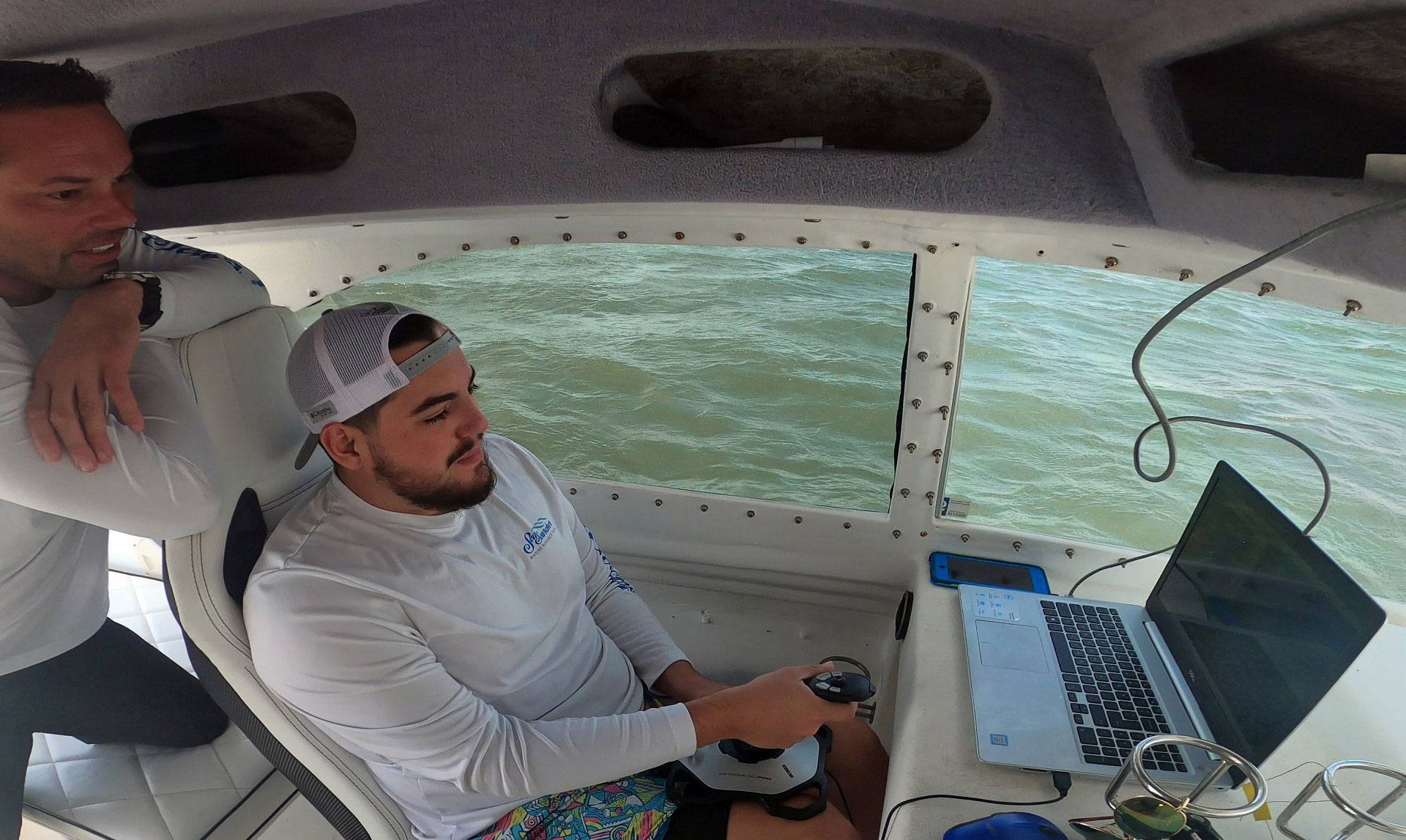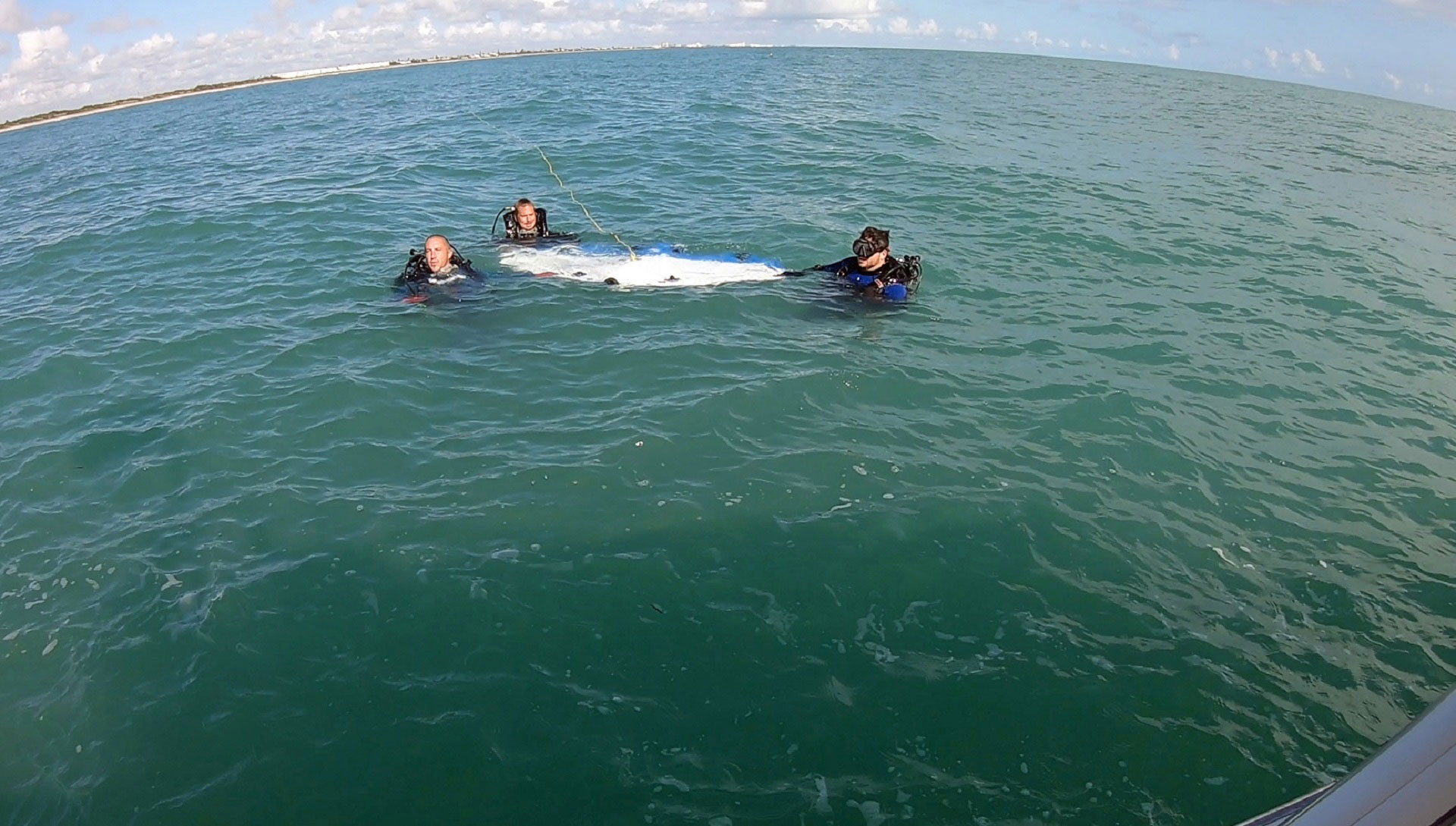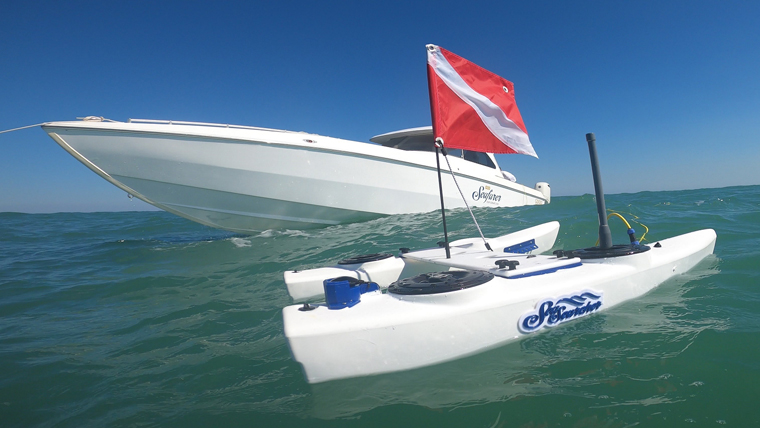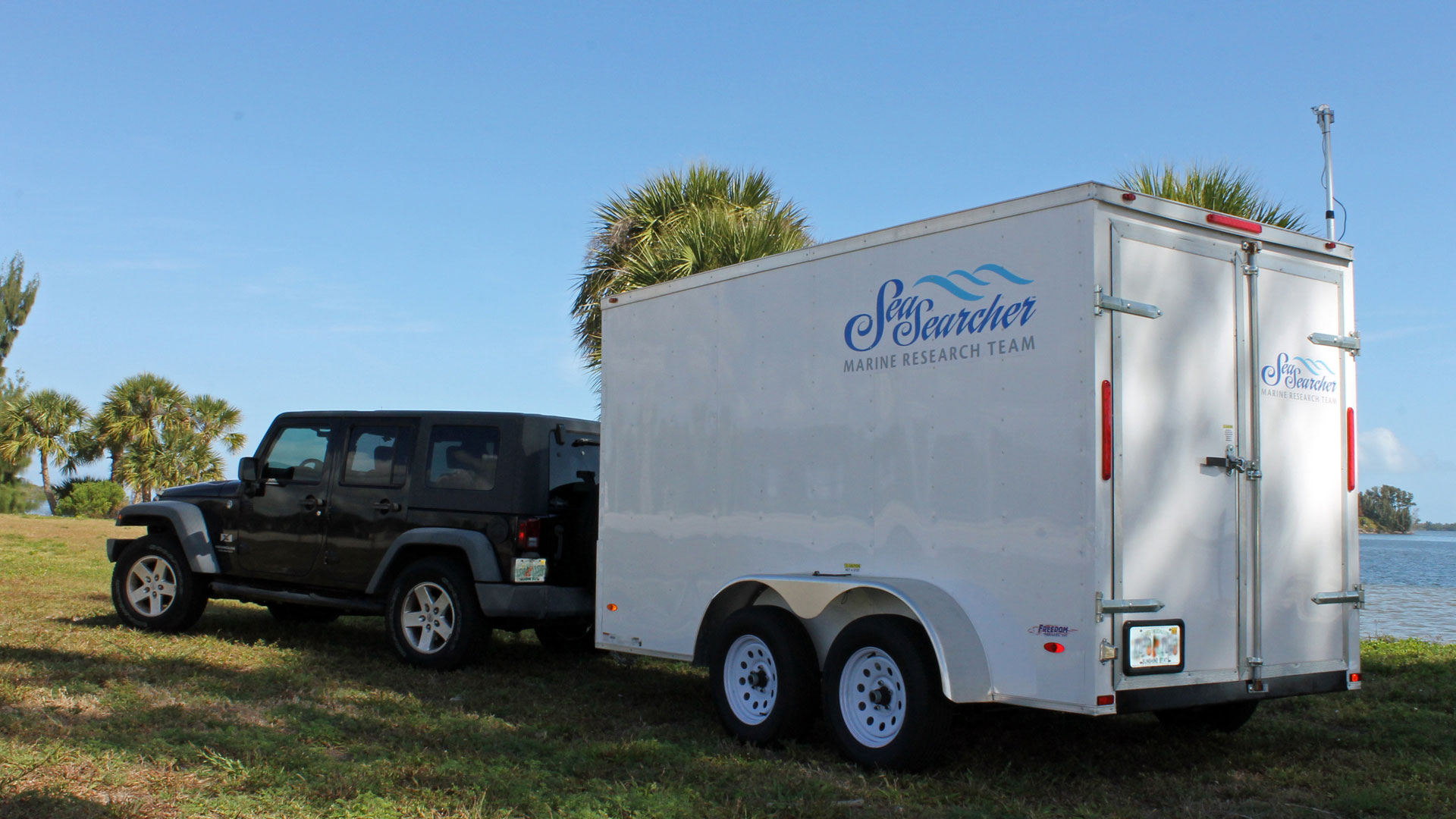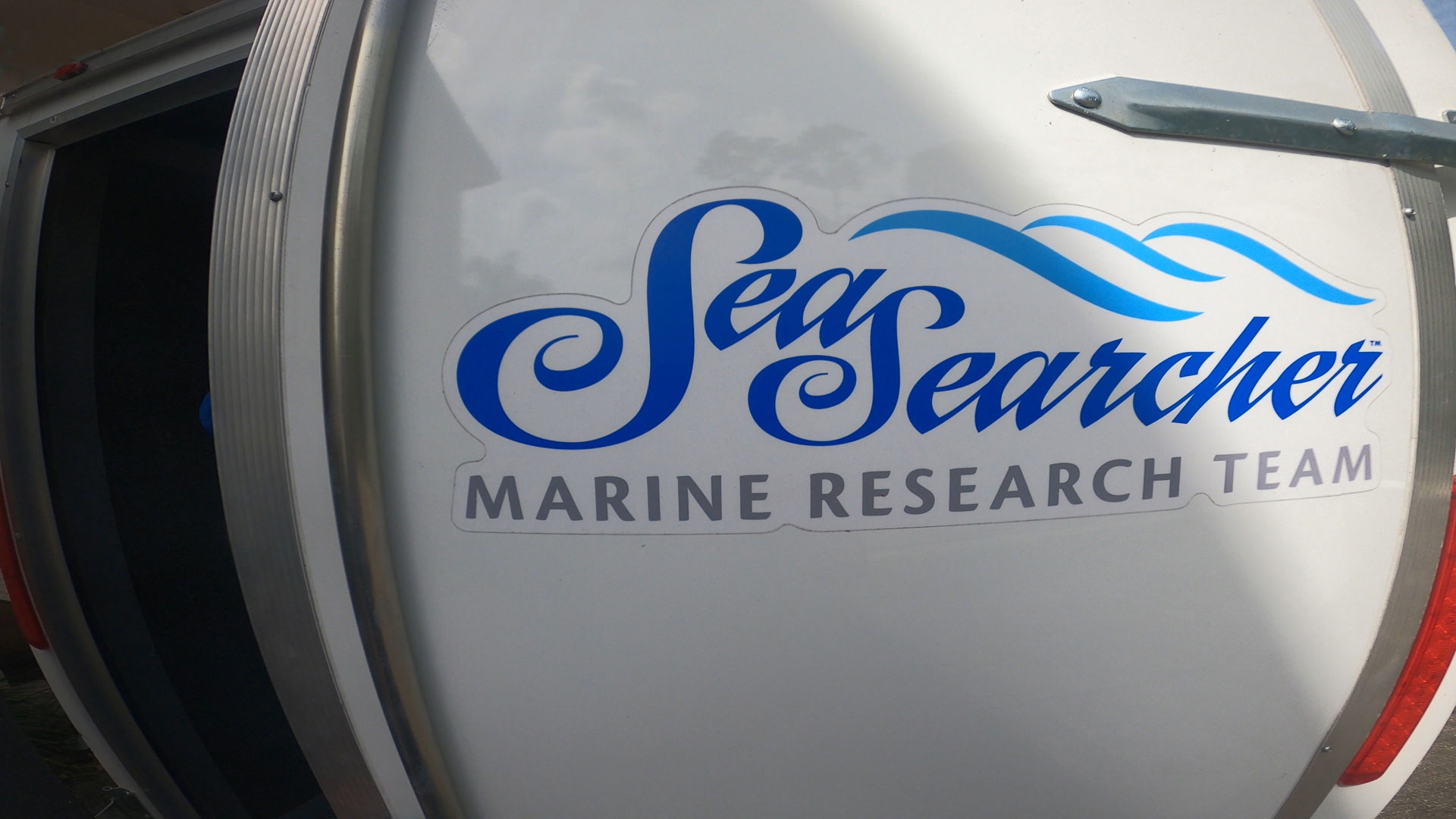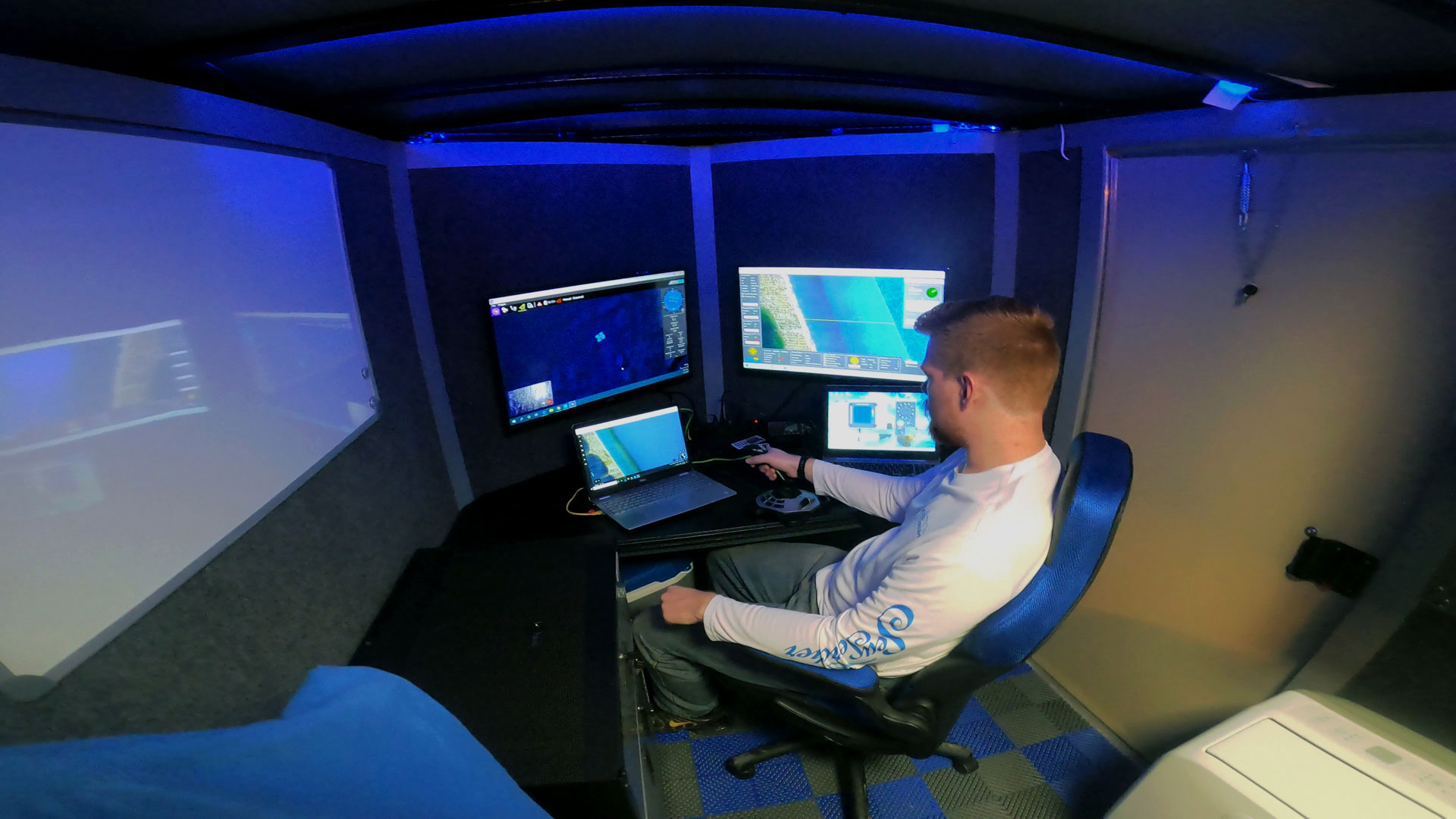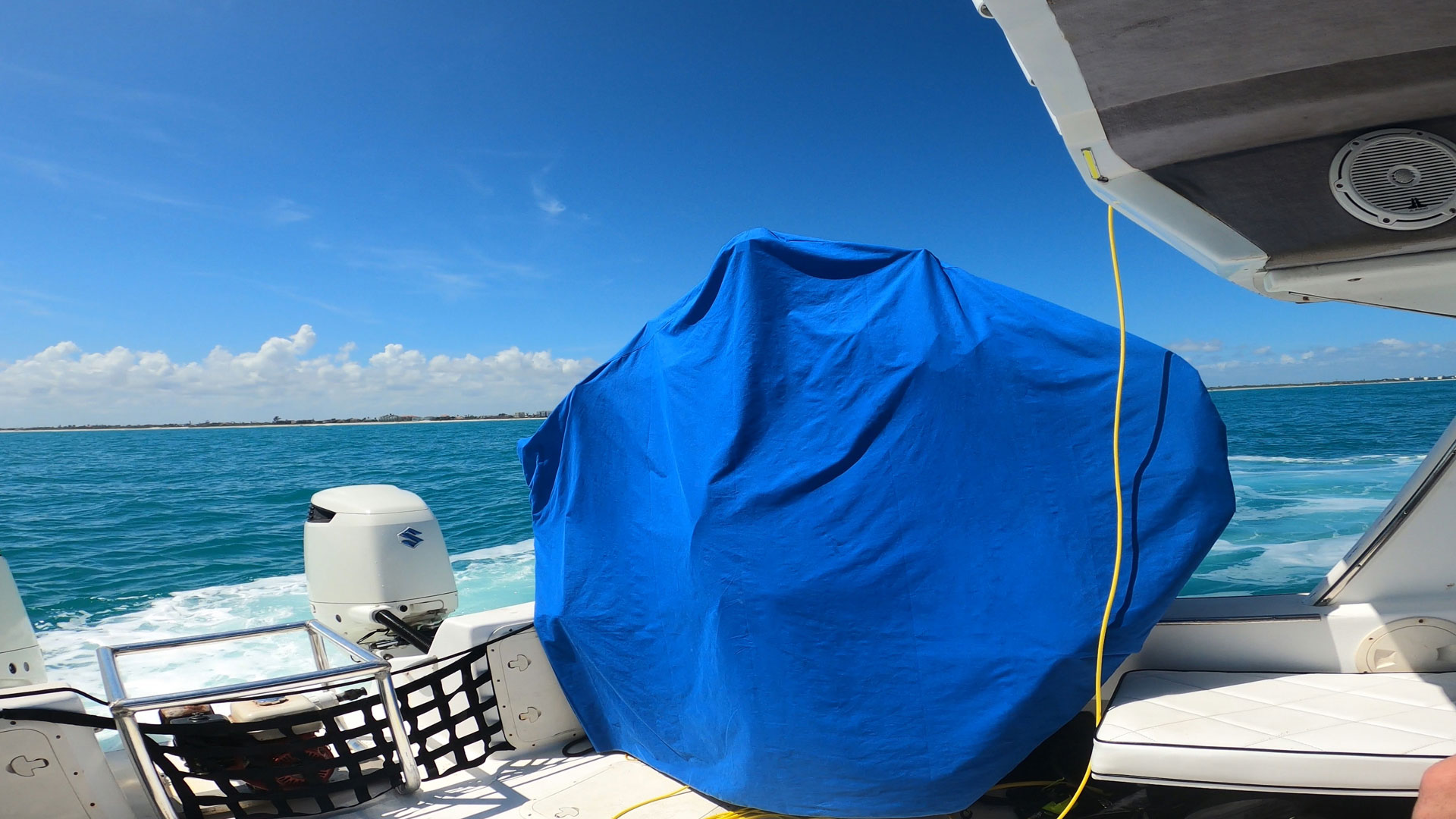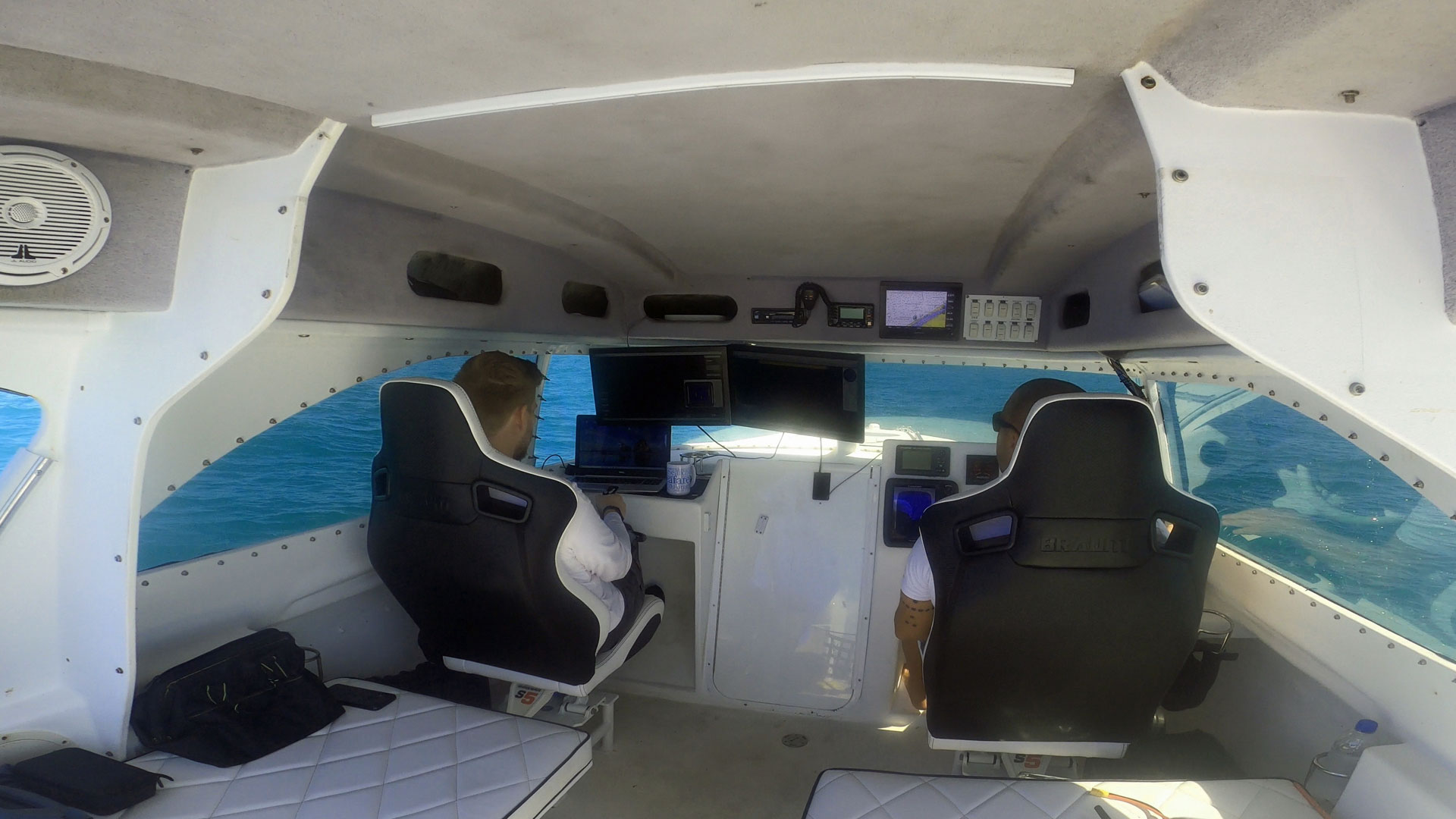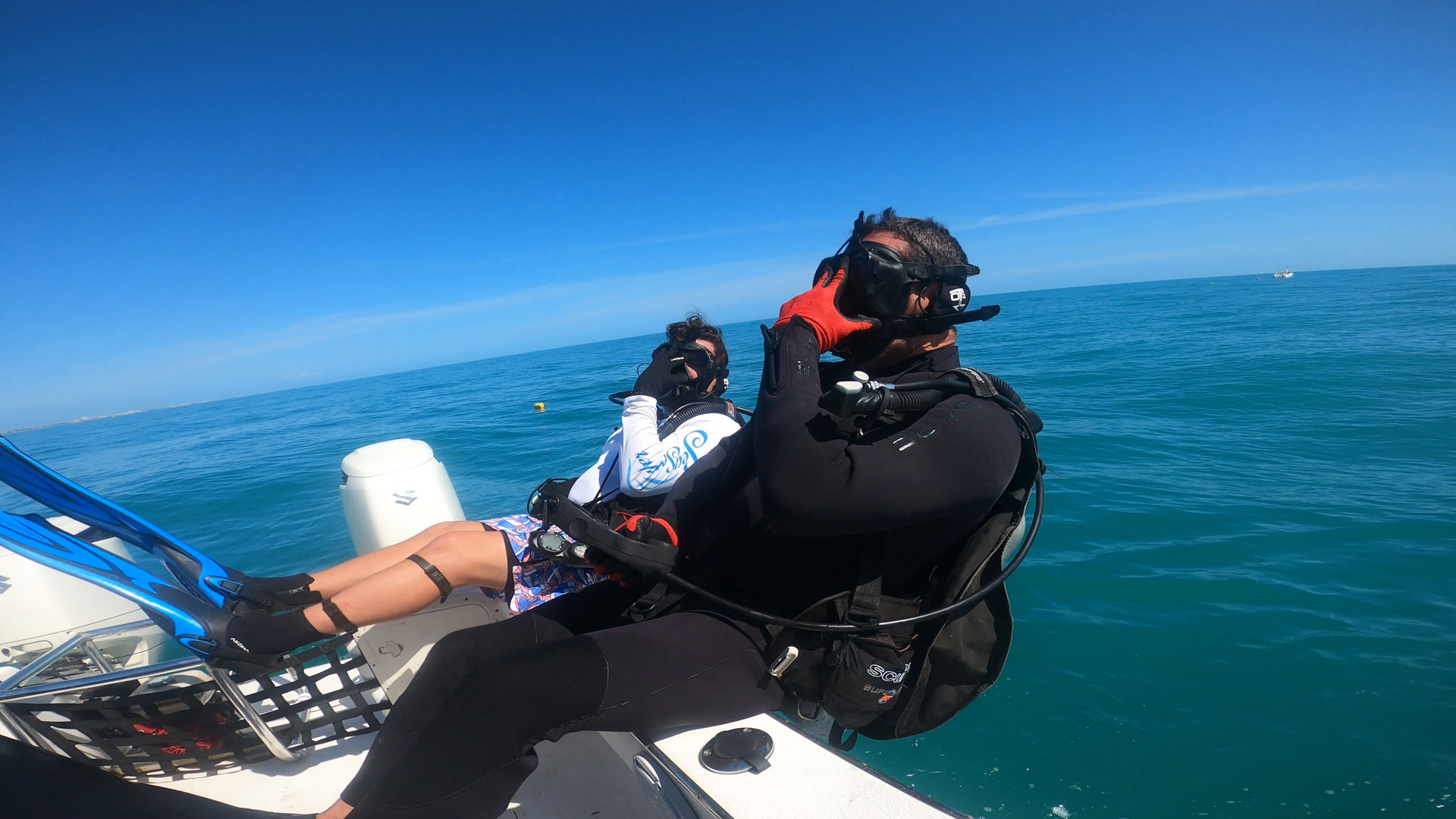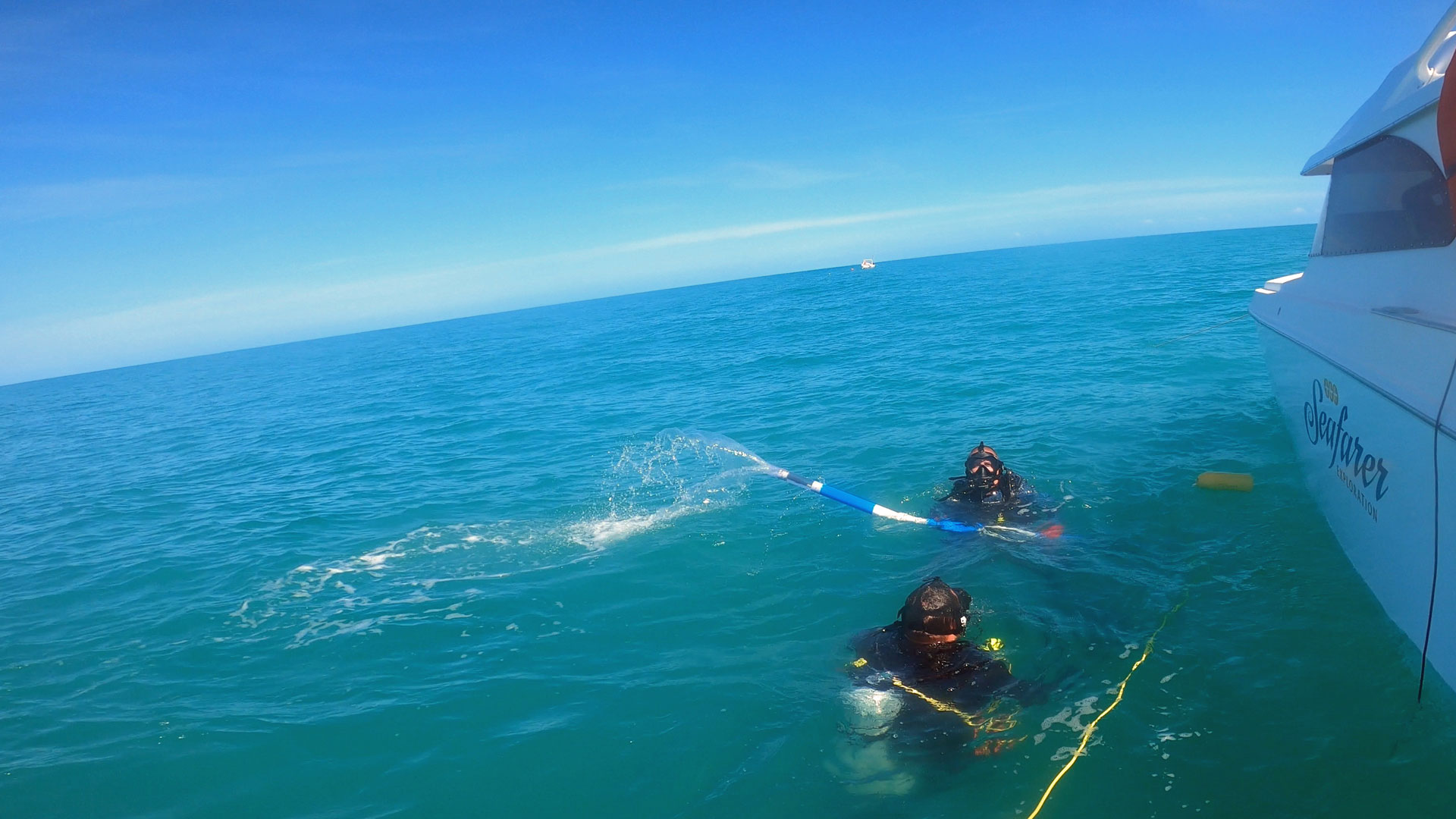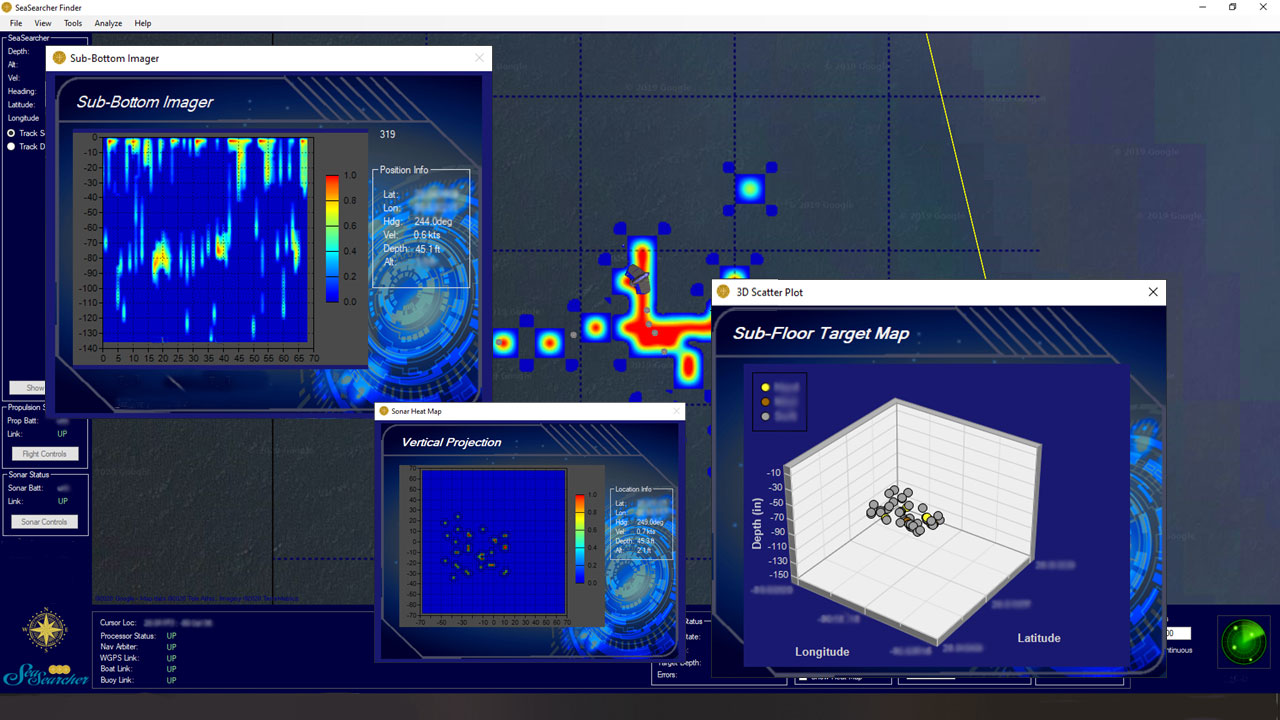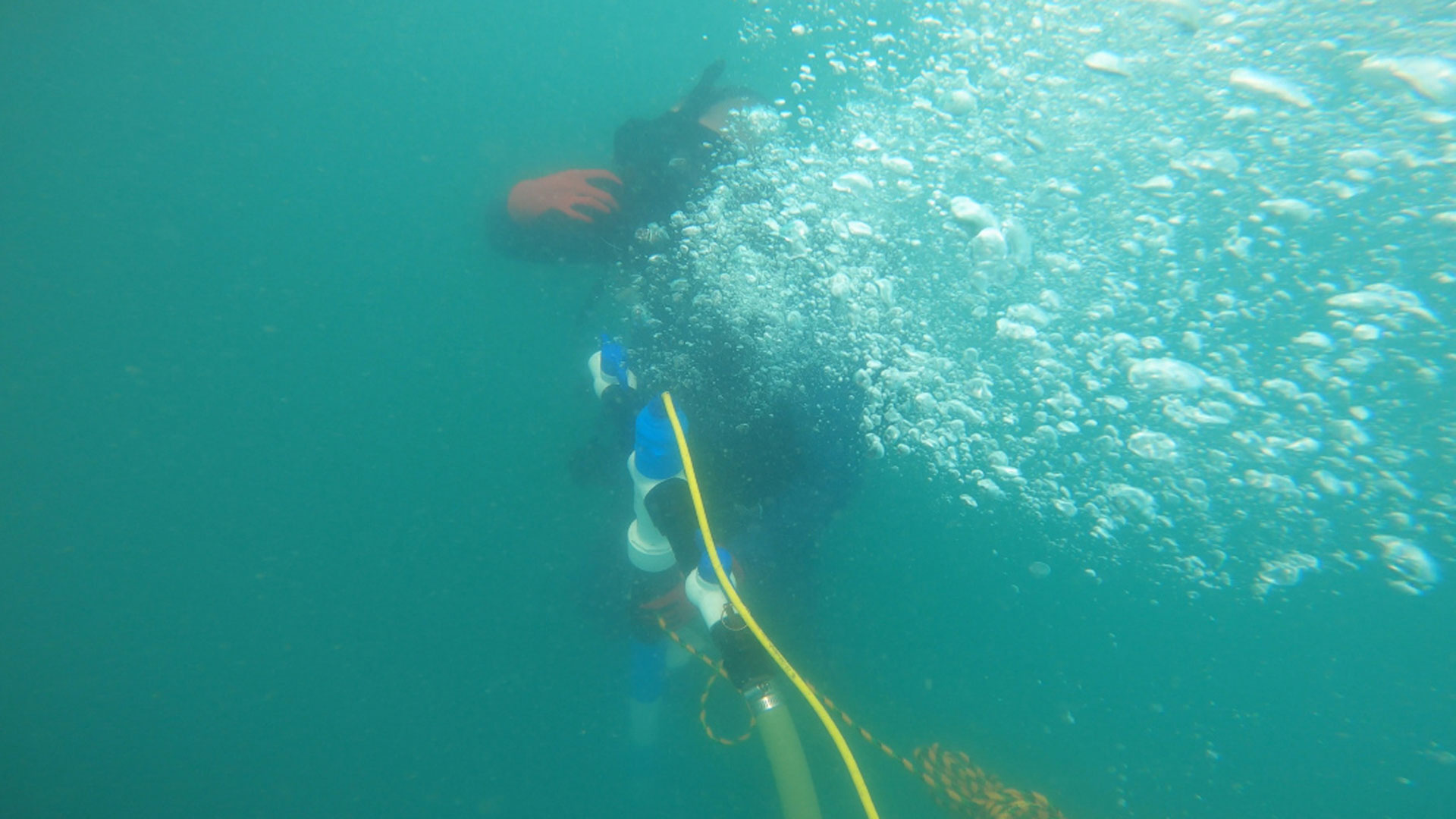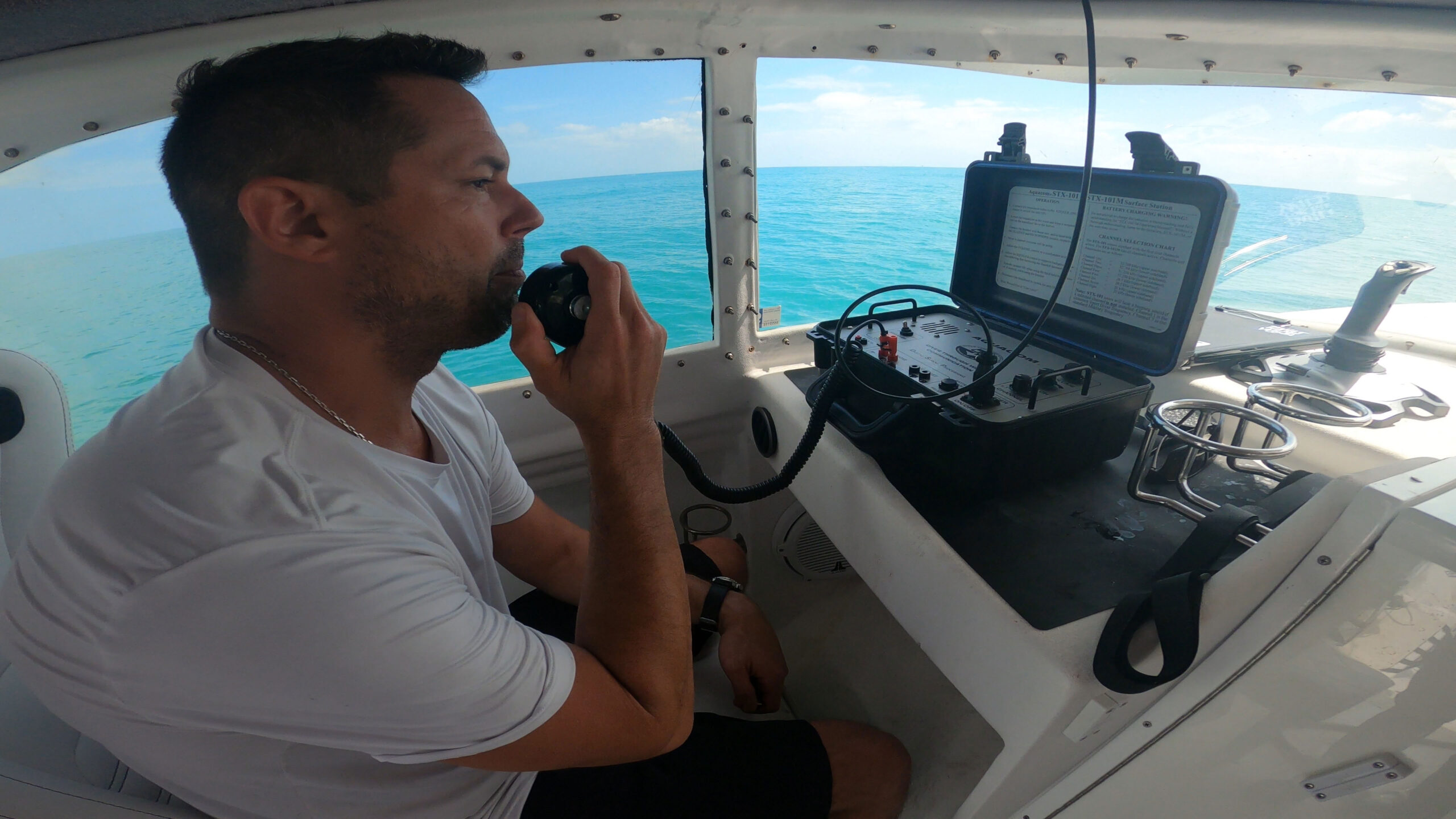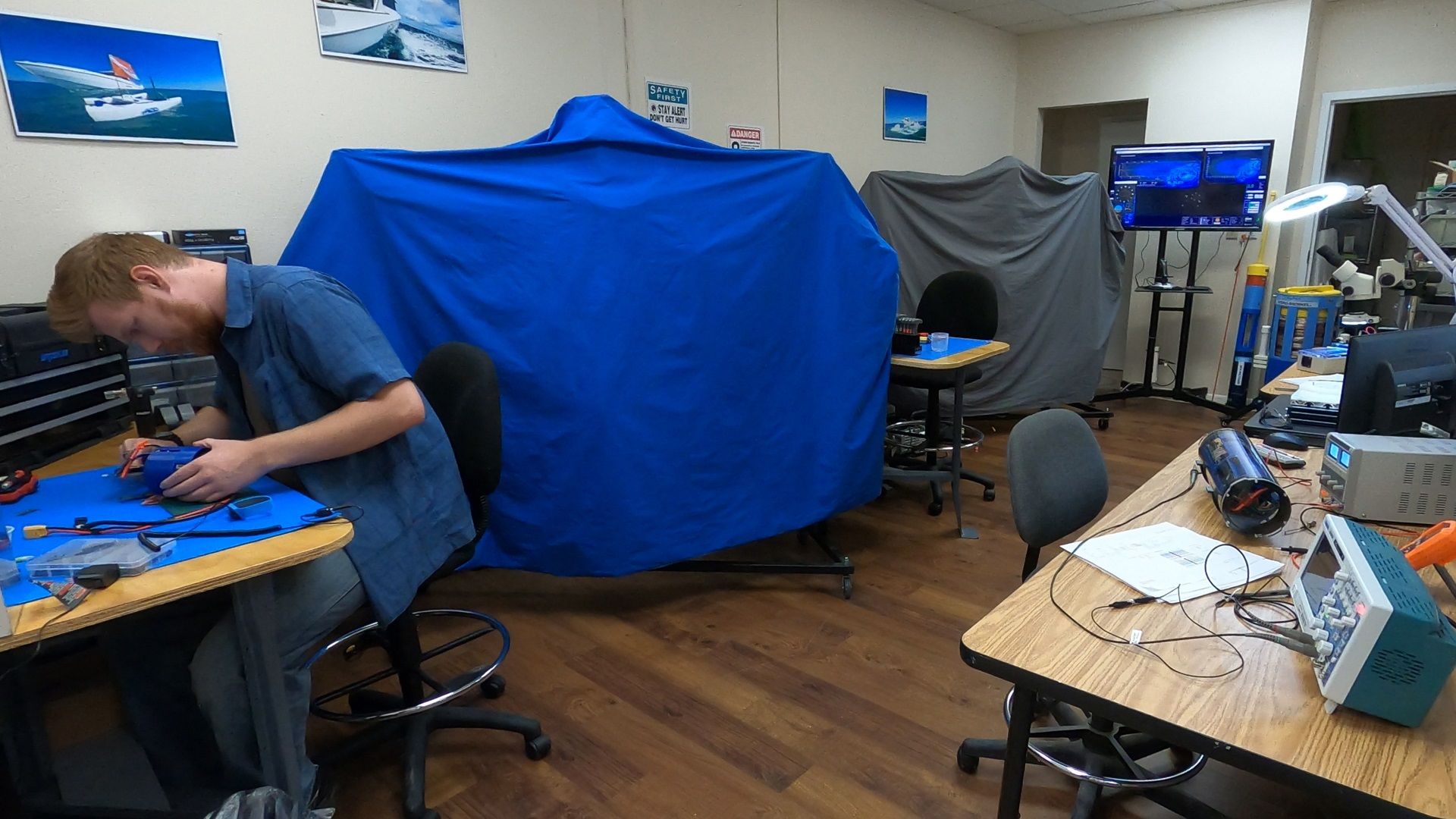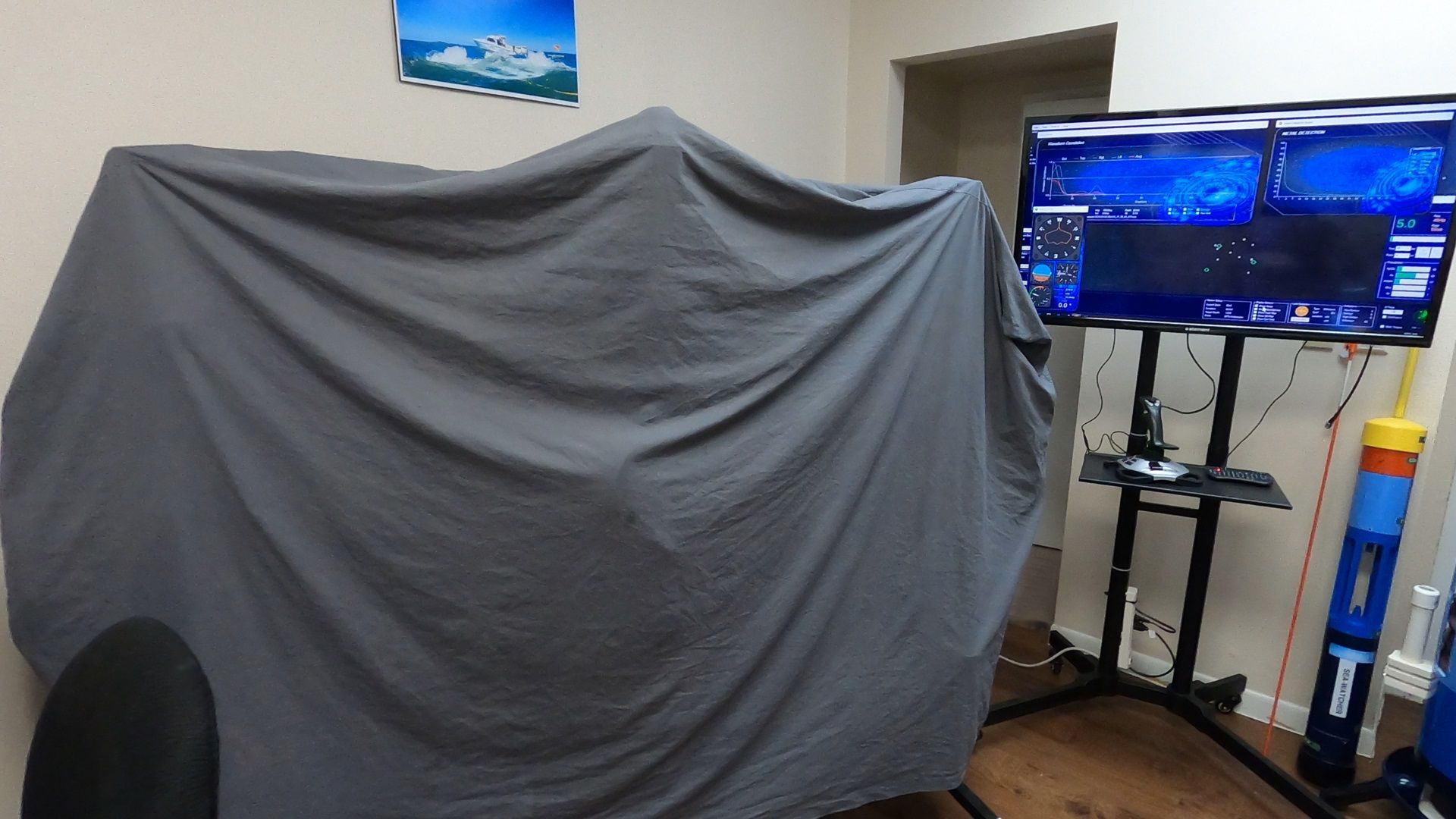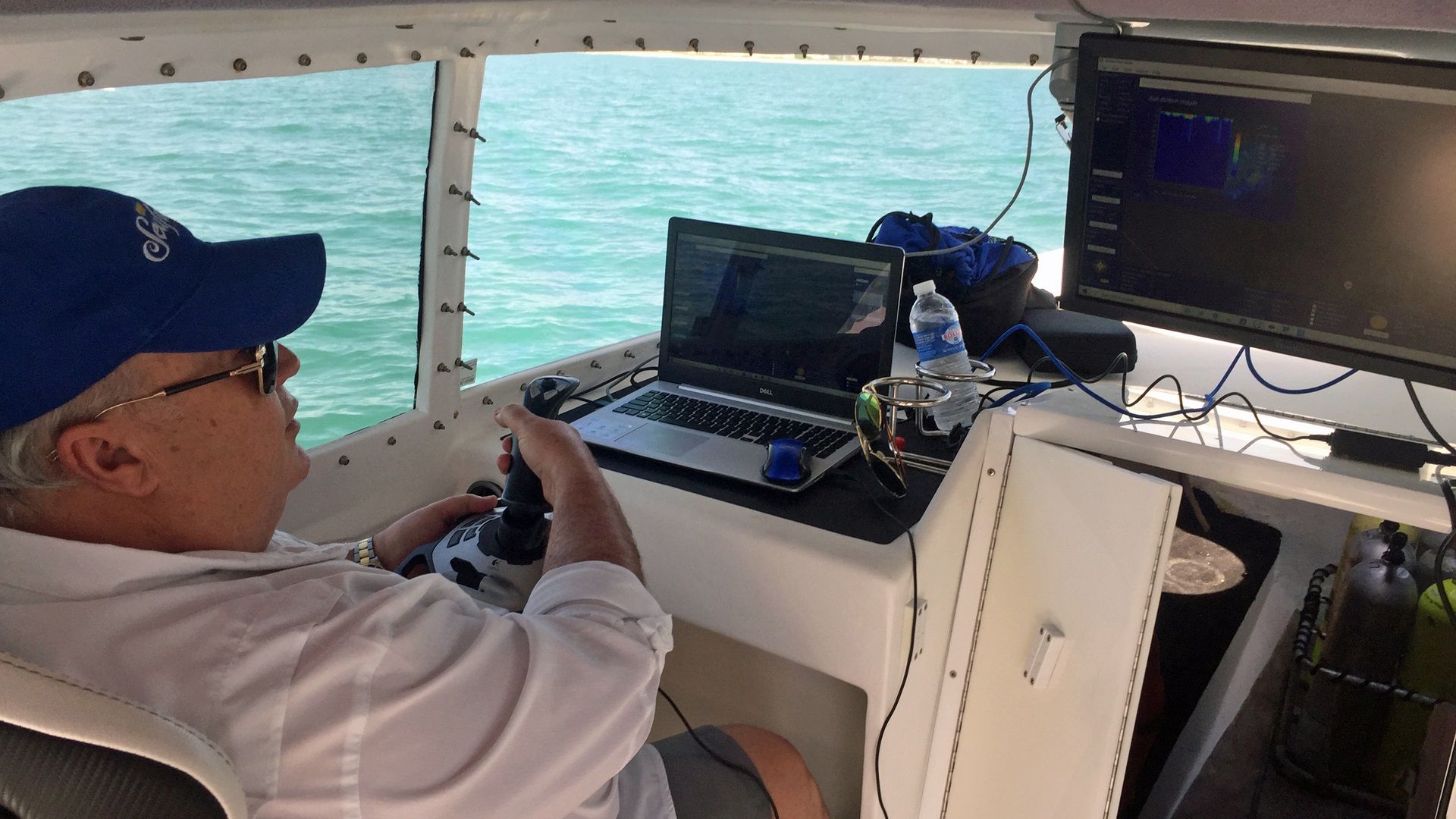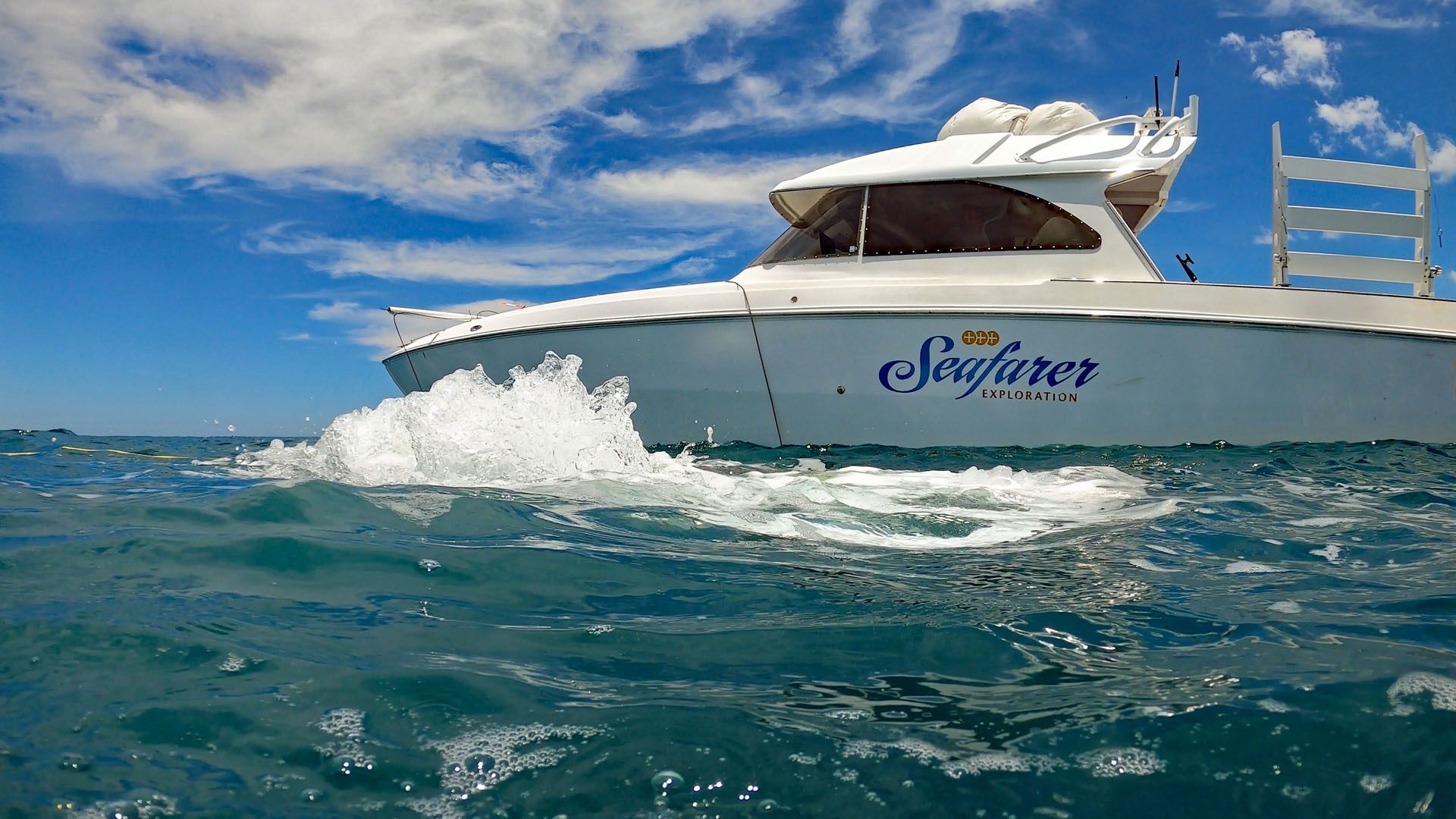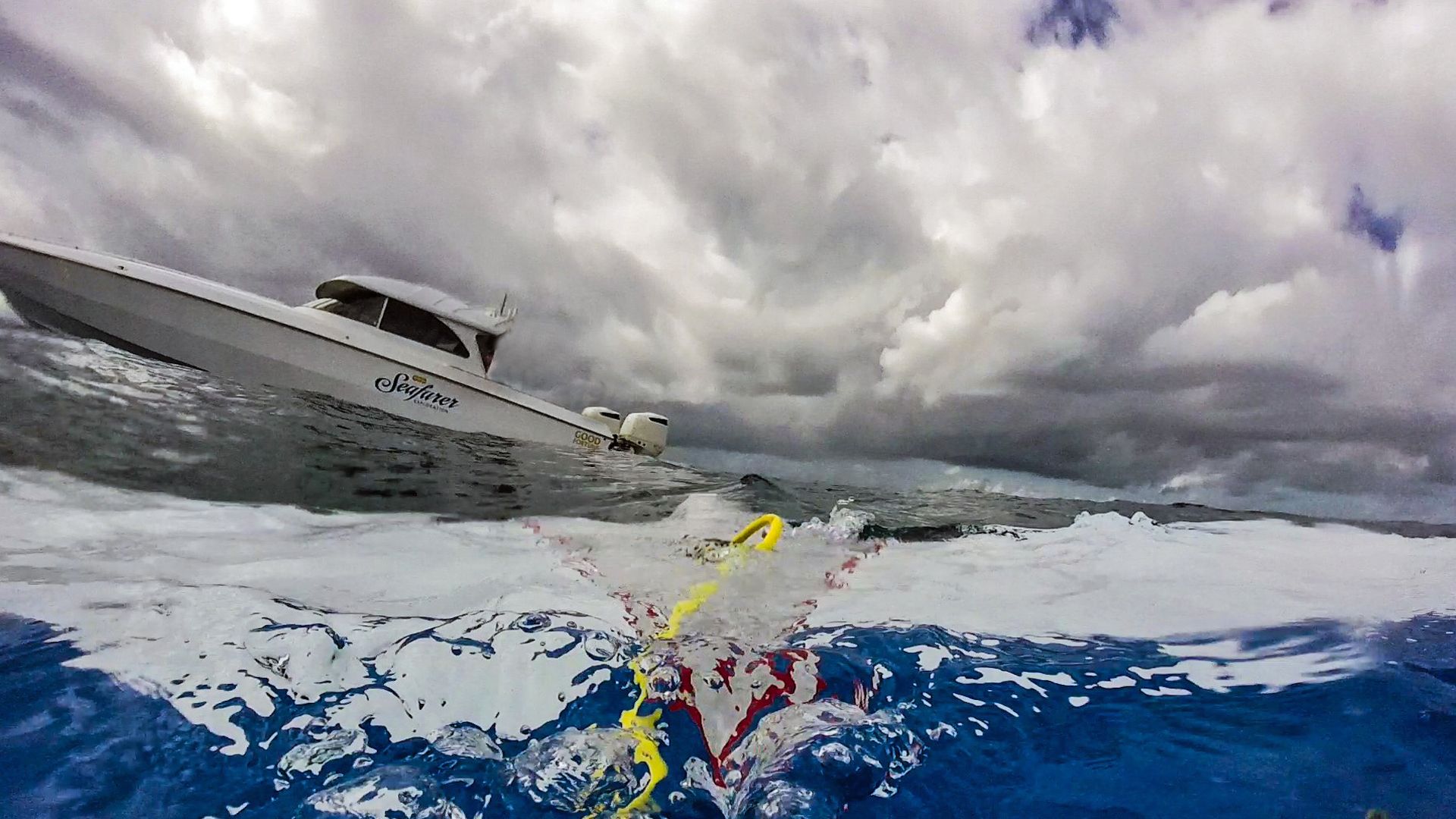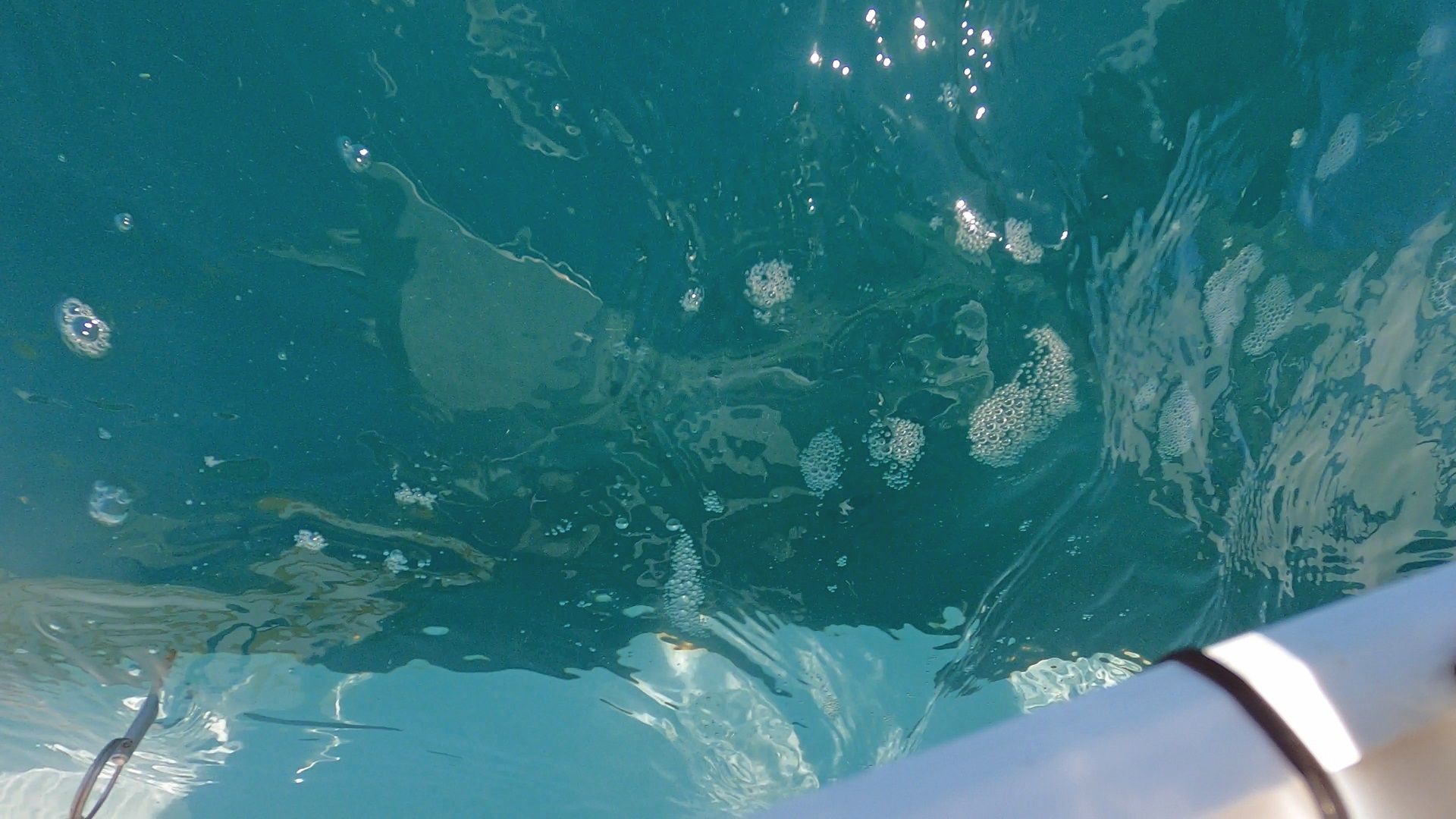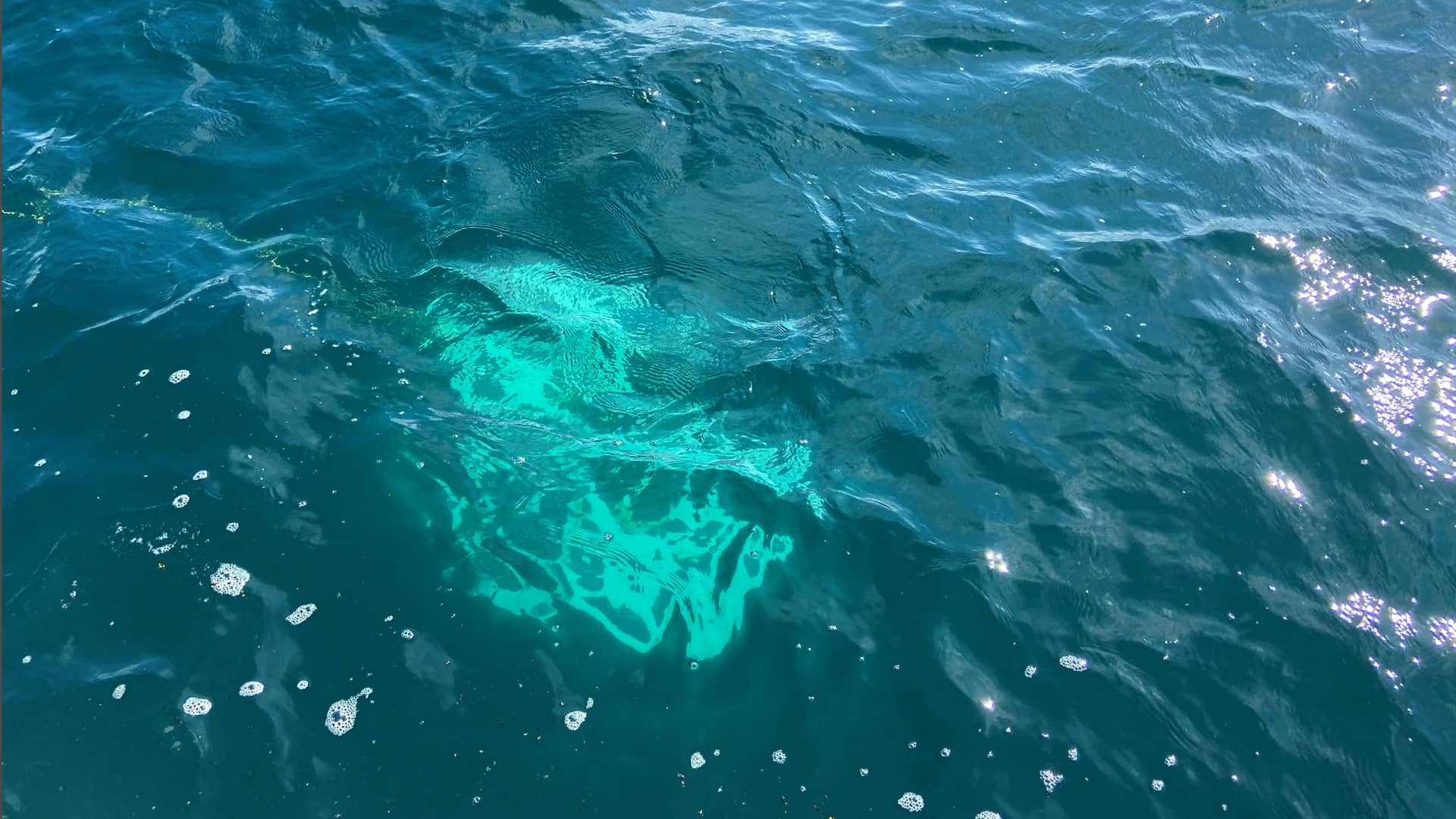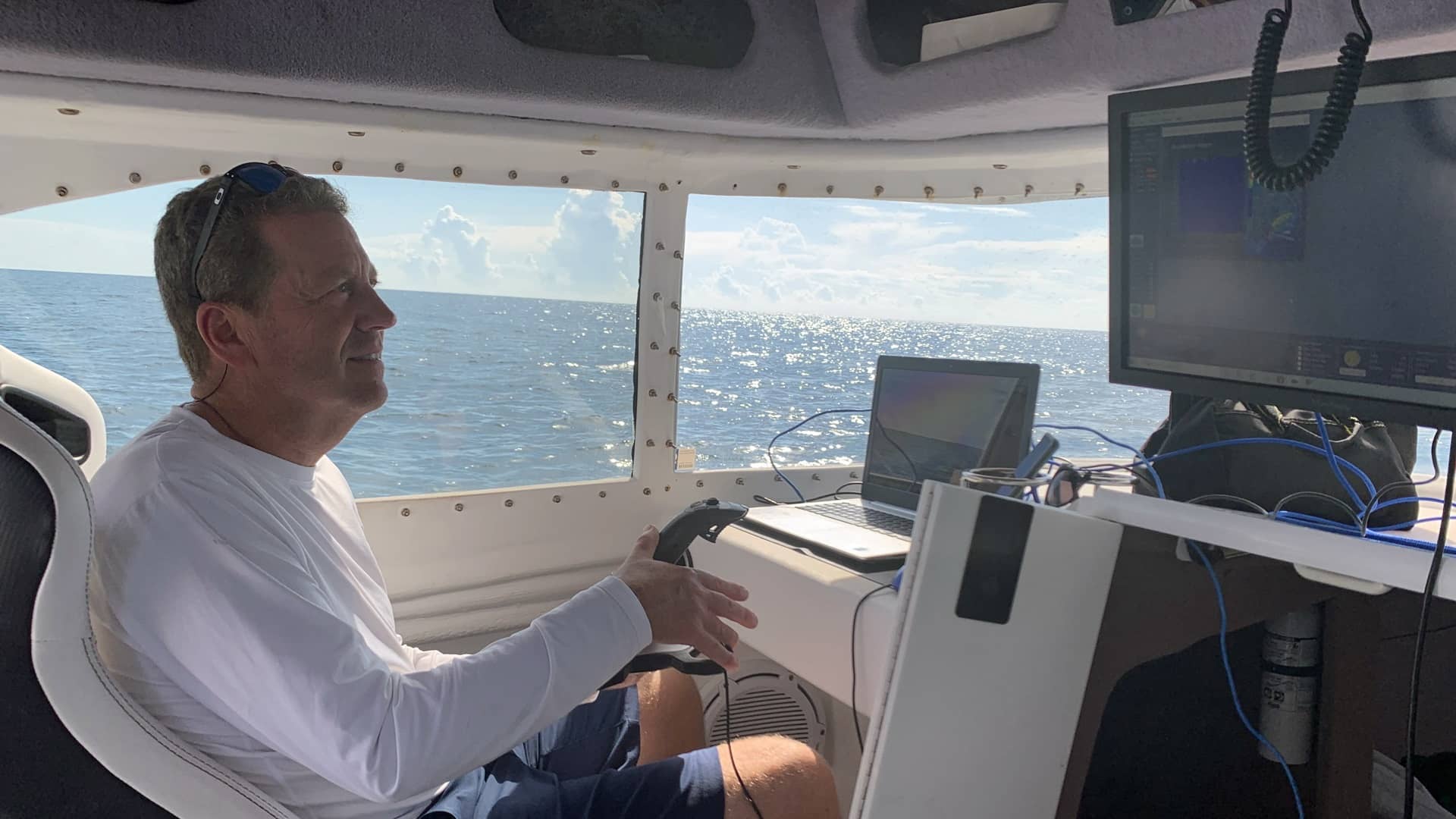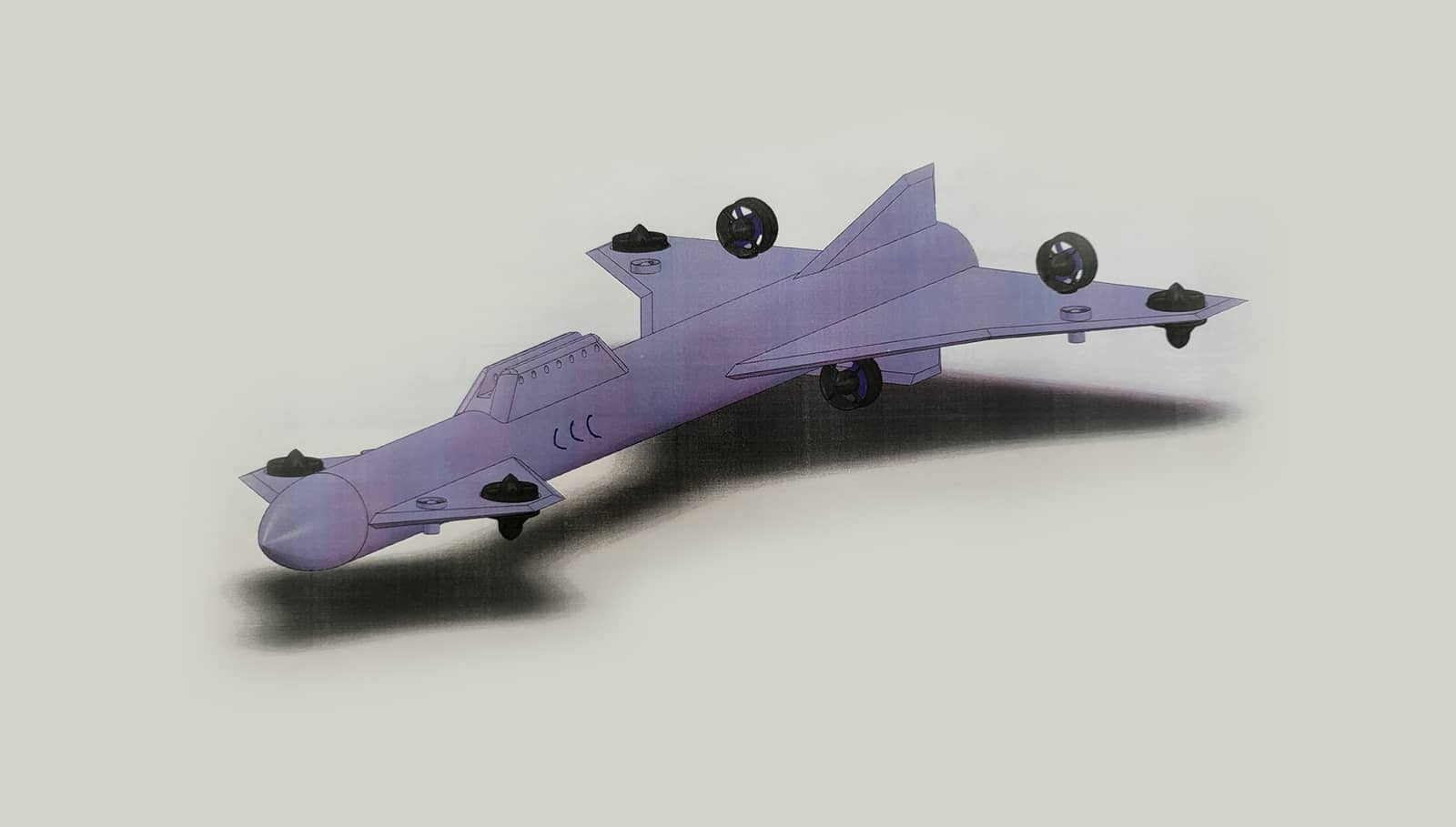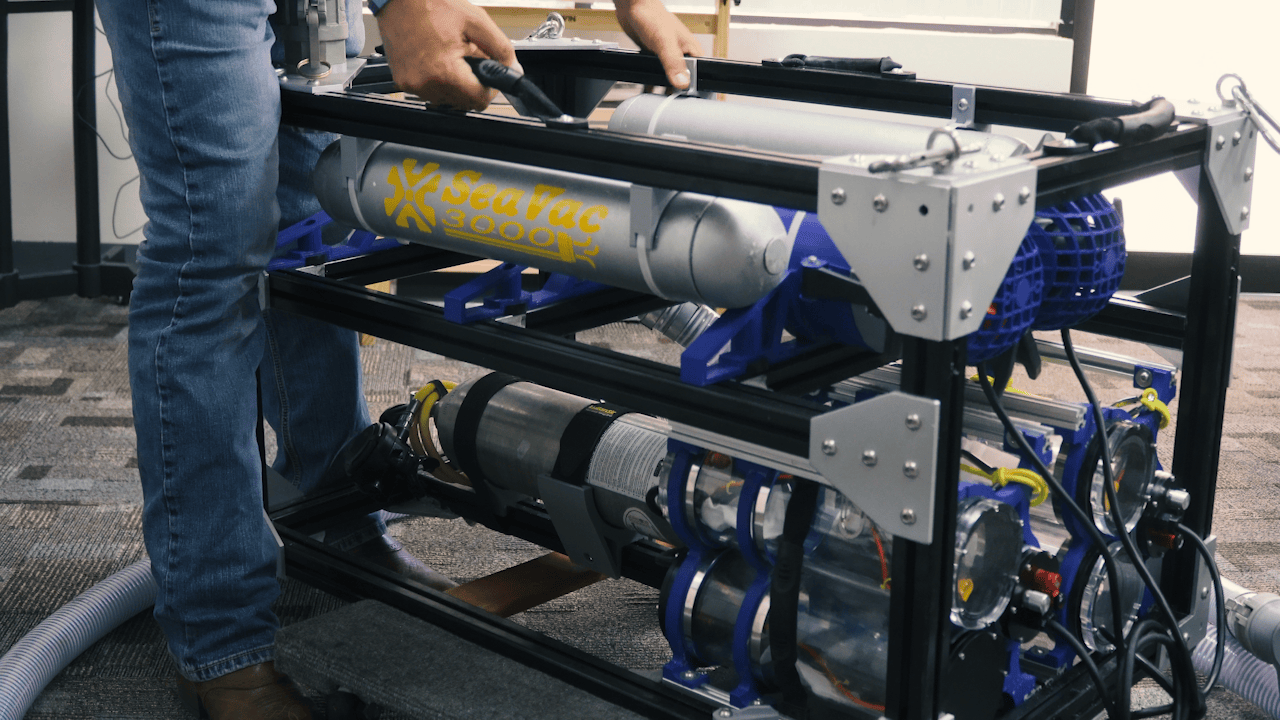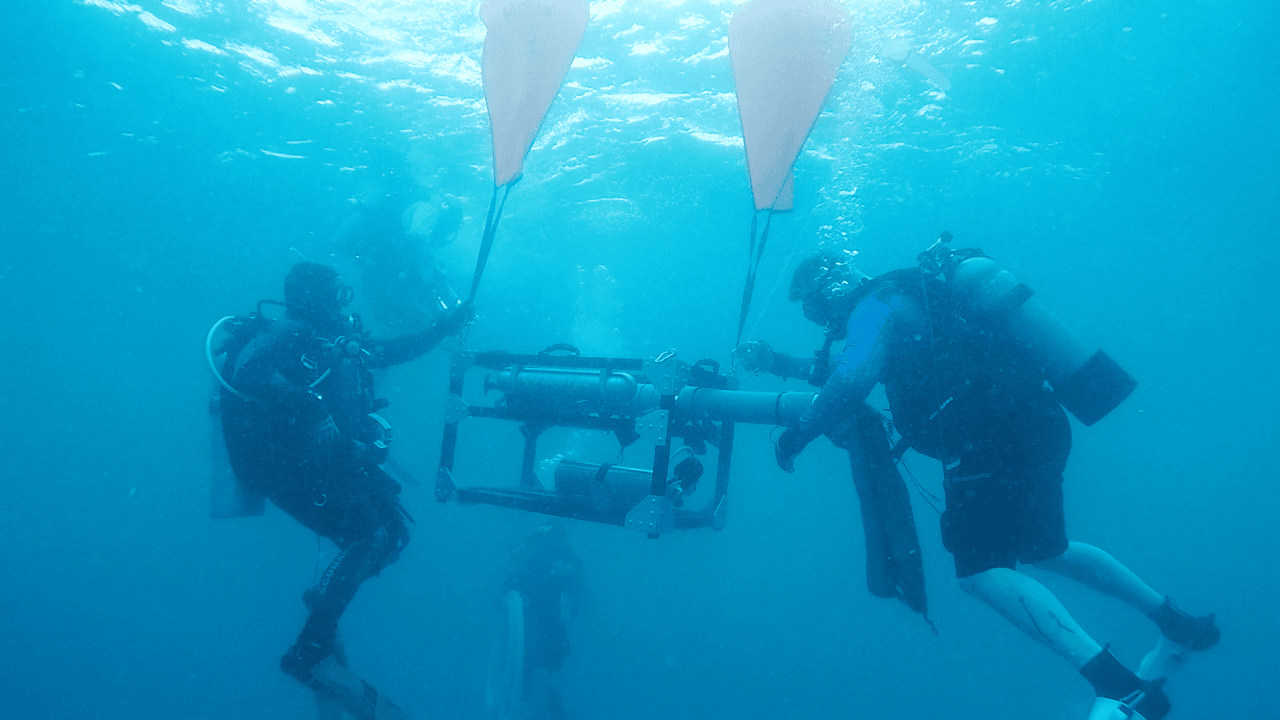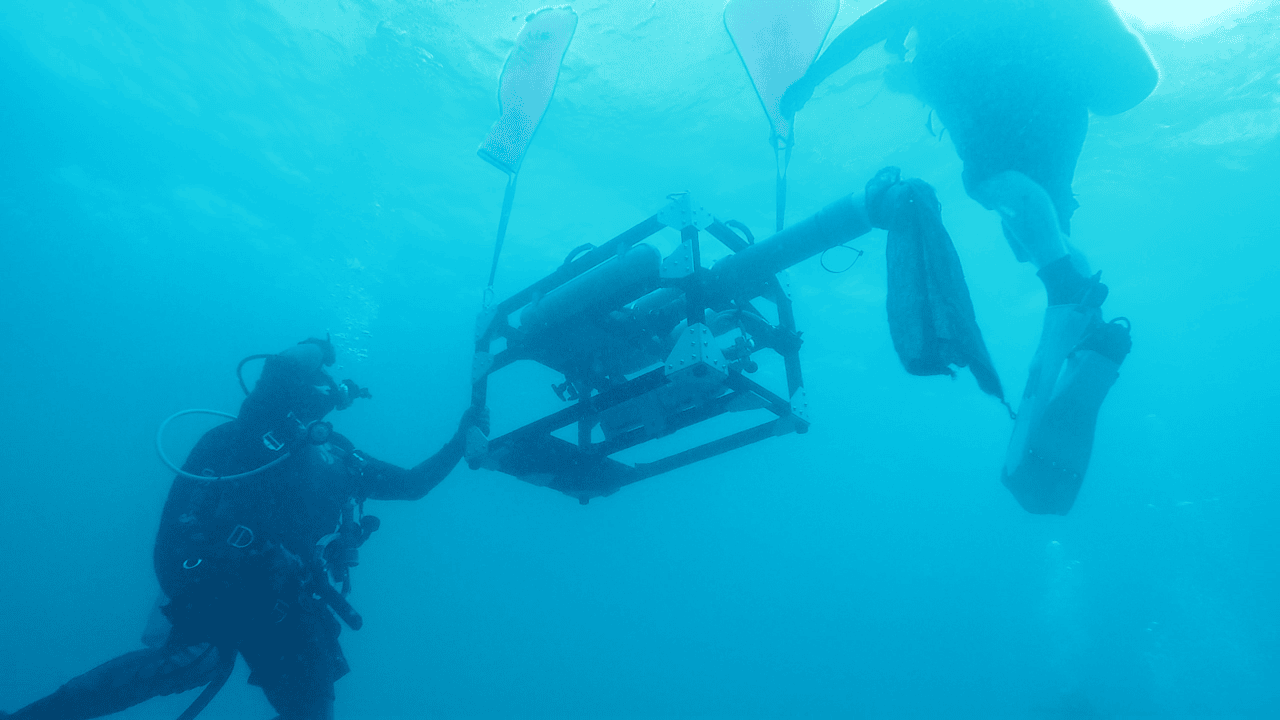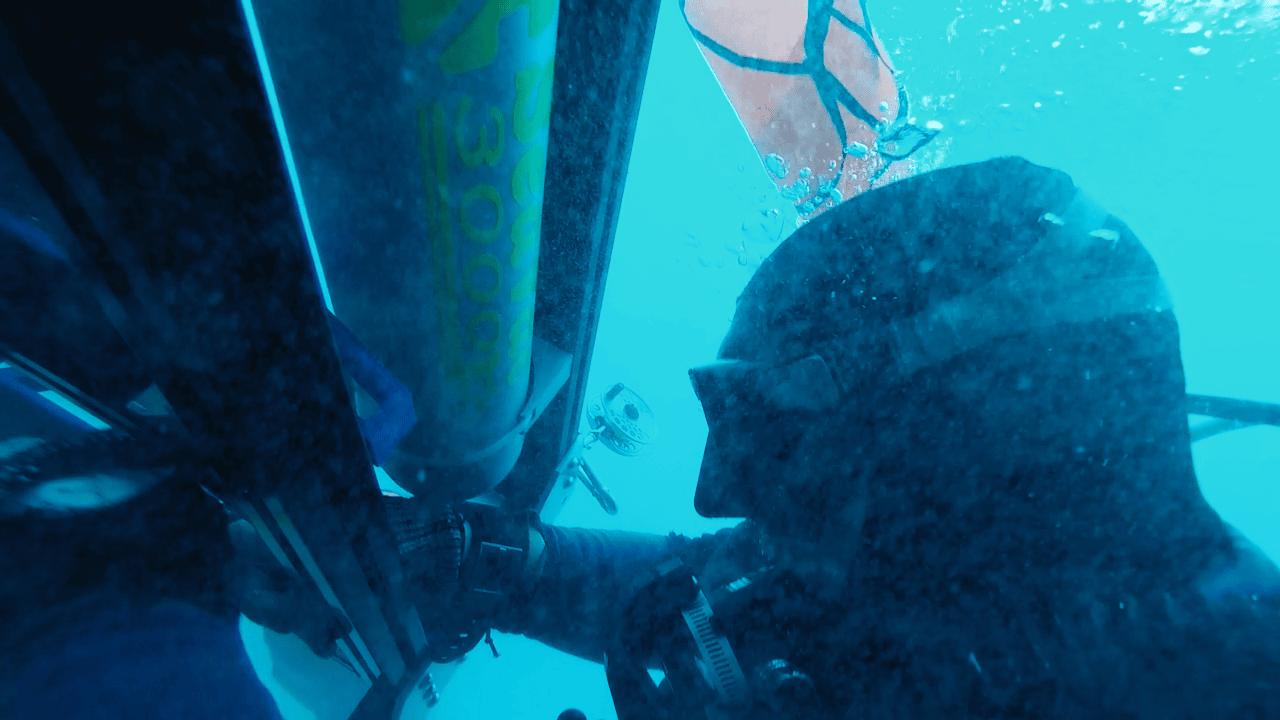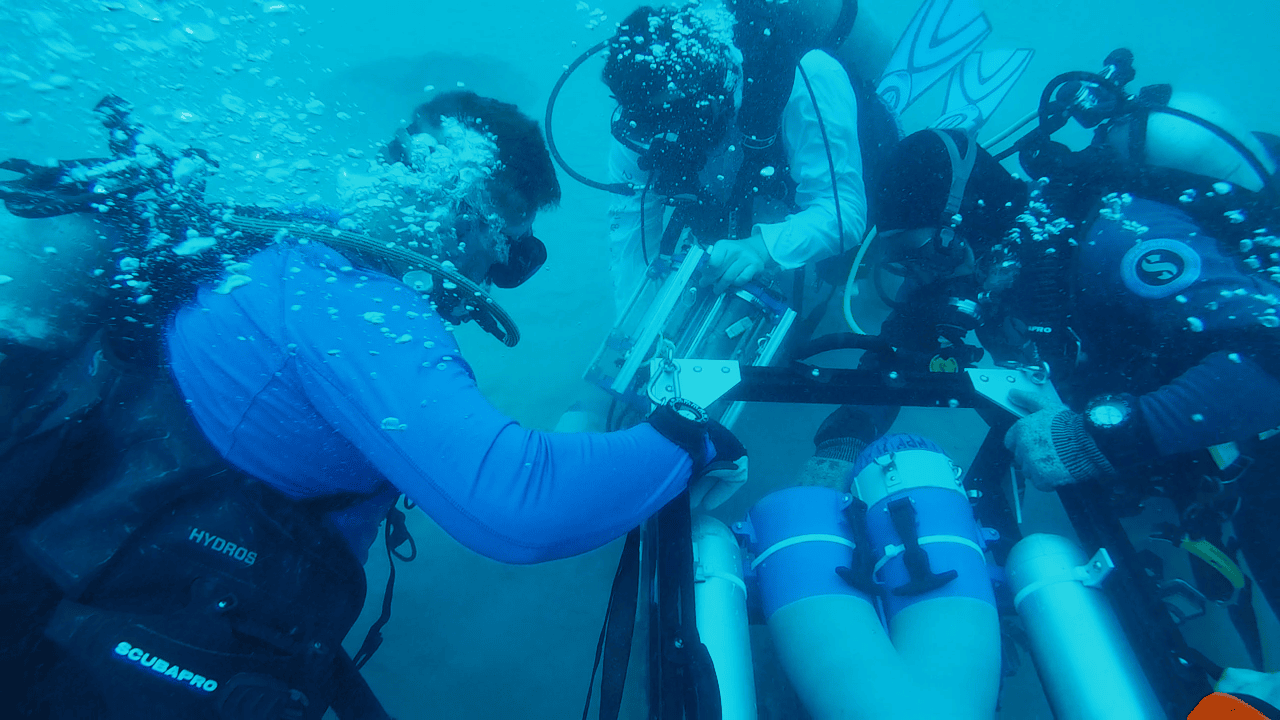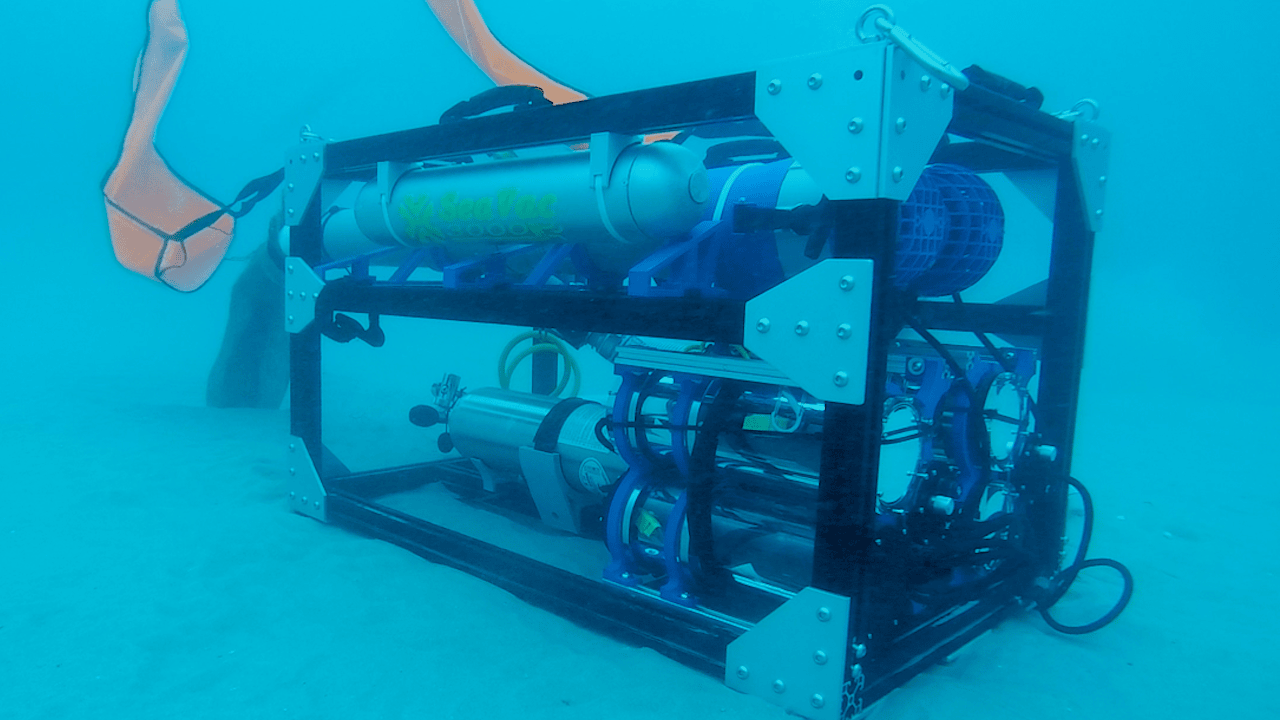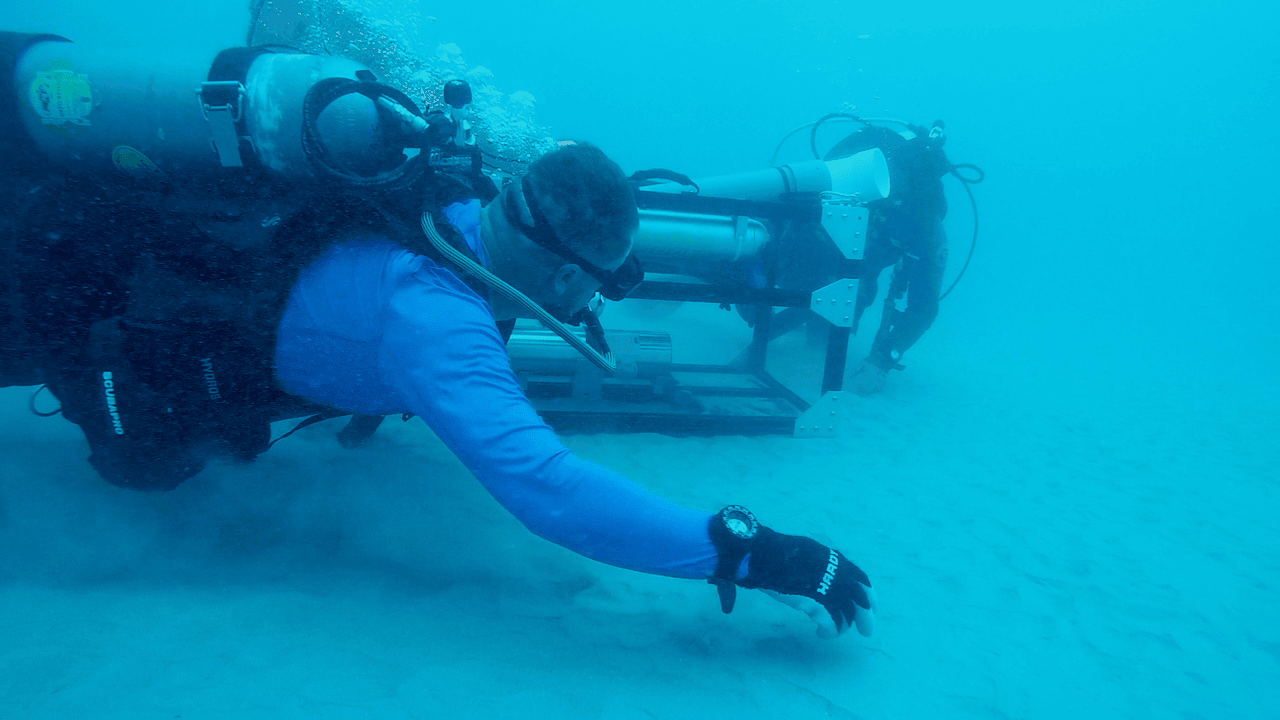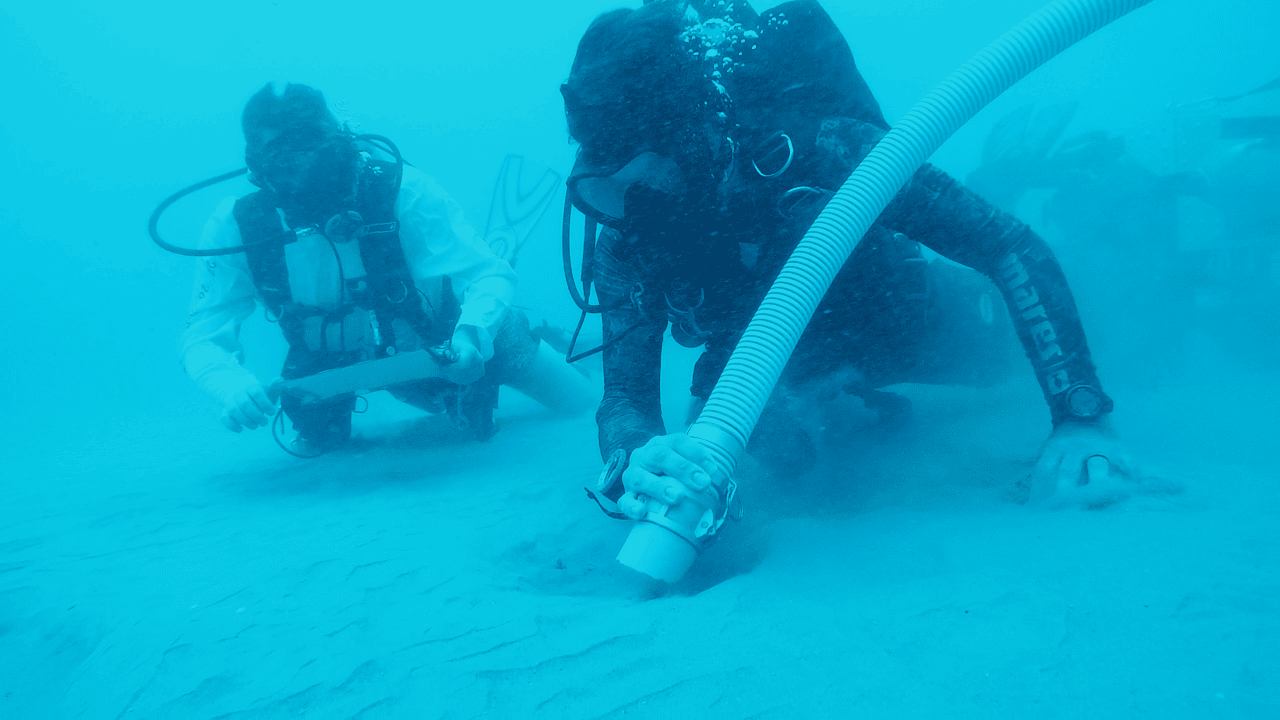Seafarer Exploration
Technology
+Innovation
Why have so many colonial-era shipwrecks remained lost—despite centuries of exploration and historical records?
Unlike the Titanic—large, intact, and visible on the ocean floor—these vessels were wooden. Over time, they decayed and disappeared beneath layers of sediment and hardened teredo crust—undetectable and unreachable by traditional means.
What remains could be a trillion-dollar ecosystem of untapped historical and material value—still buried, still waiting.
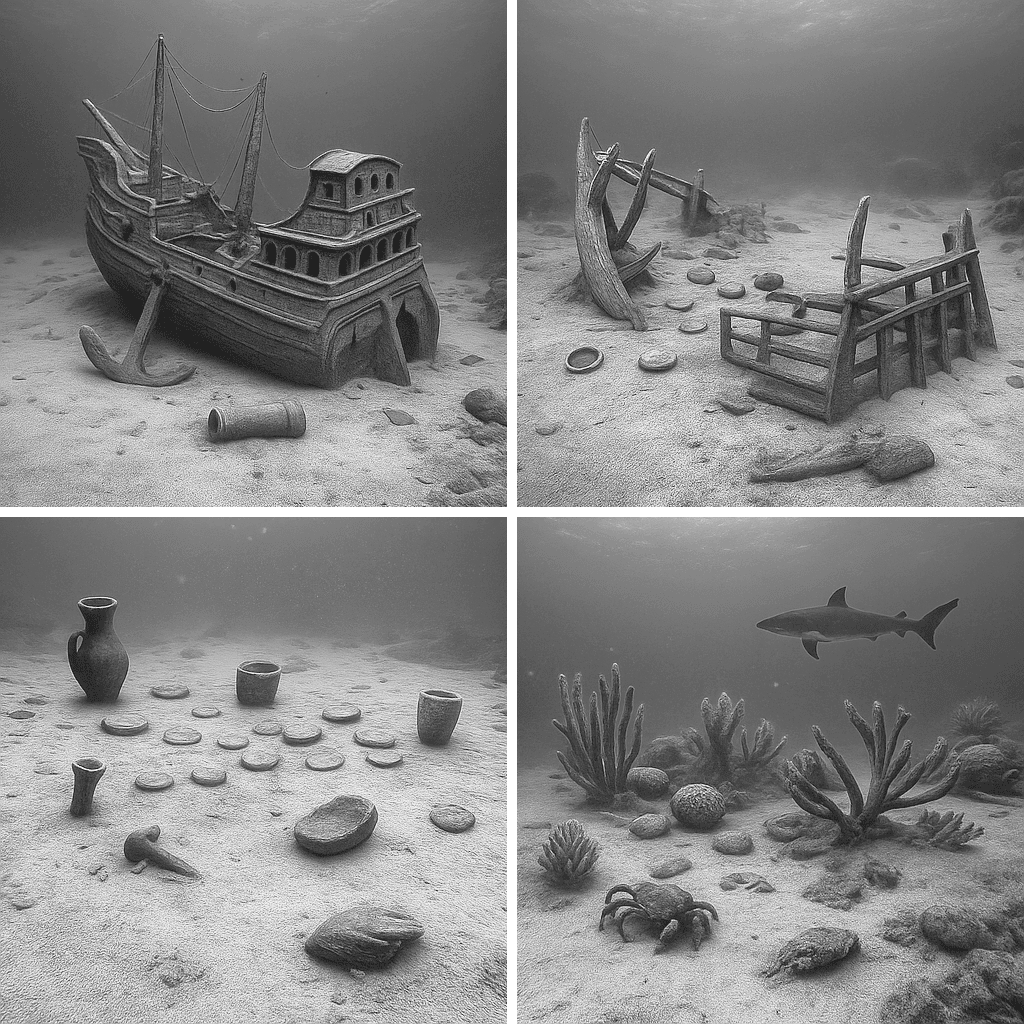
SeaSearcher
SeaSearcher, Seafarer Exploration’s proprietary underwater exploration platform, has revolutionized how the location, depth, size, and composition of buried objects are determined.
Automatic Target Discrimination software searches for attributes associated with targets of interest, while precise underwater GPS measurements allow each object to be located and marked for further investigation. Locations of interest are also automatically registered and added to a database for future reference.
By scanning shipwrecks or submerged sites in this way, SeaSearcher radically reduces the time and resources required to explore an underwater site. It also enables surgical archaeological investigations that drastically minimize environmental and site disturbances.
"Ultimately this technology and the approach that we're using is based upon something that's repeatable. It isn't about one shipwreck, it about doing it on multiple shipwrecks."
Tim Reynolds | Head Engineer
SeaVac 3000
Seafarer developed the first-ever autonomous dredge to meet both DEP requirements and archaeological standards for sediment displacement during underwater digs.
The self-contained SeaVac3000 can dredge and screen sediment without a surface tether, allowing it to operate in challenging underwater conditions or at depths where standard surface dredging equipment cannot go.
Divers deploy this precision excavation dredge to vacuum up sediment and capture small artifacts. It features a double-screening mechanism that surpasses the archaeology industry-standard quarter-inch mesh size, utilizing finer screens to capture even the smallest artifacts.
The SeaVac3000 was presented in 2024 at the 58th Annual Meeting of the Society of California Archaeology and is currently in trial deployment under a United States Army Corps of Engineers permit.
Archaeology Lab
Preserving History with Precision: Inside Our State-of-the-Art Archaeology Lab
The state-of-the-art Seafarer Exploration Archaeology Lab boasts capabilities similar to those of a major institution or top museum but on a smaller scale.
In the lab, artifacts recovered by Seafarer Exploration are meticulously conserved, documented, and reported in ways that meet or exceed customary archaeological practices and permit requirements.
Though much of the lab’s equipment is standard archaeological tools, such as reverse electrolysis electronics, water deionization filters, and other chemistry- or physics-related conservation means, other items are industry-leading. This more costly high-tech toolkit includes XRF (x-ray refraction), which analyzes chemical composition, an x-ray machine to see inside conglomerated objects, and rock cutting and polishing devices for geoarchaeological research.
Conserving all Seafarer discovers at a site requires time, dedication, investment, and ingenuity.
One current Seafarer effort designed to reduce these time-investment costs is a partnership with Codifi® FDM (field data management), a cutting-edge data collection and management software company. Specifically, Seafarer and Codifi are designing a program to allow advanced artifact tracking. This way, all of Seafarer’s artifacts are best documented from the moment of discovery, through the conservation process, and into the curation and research “life” of each item.
